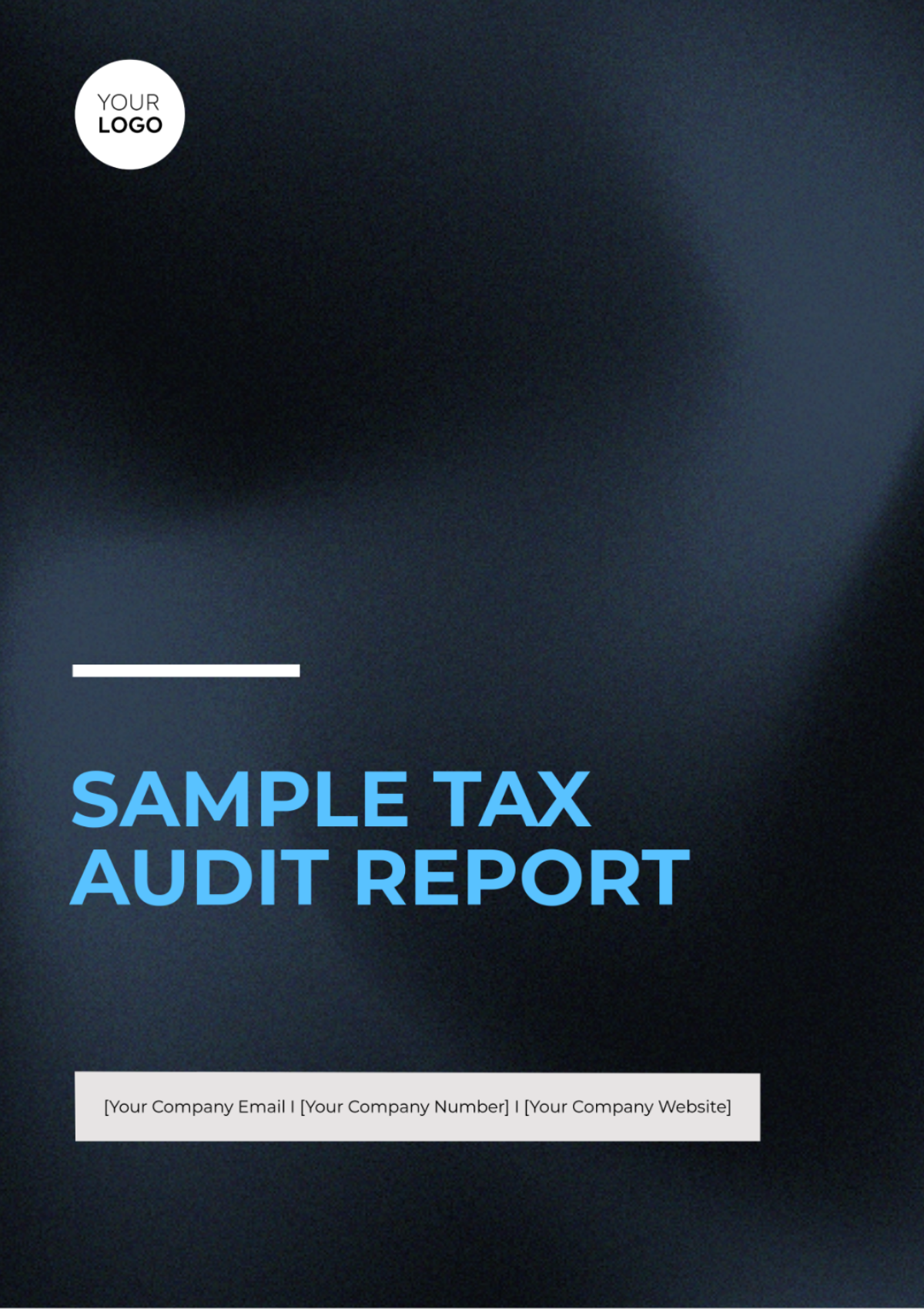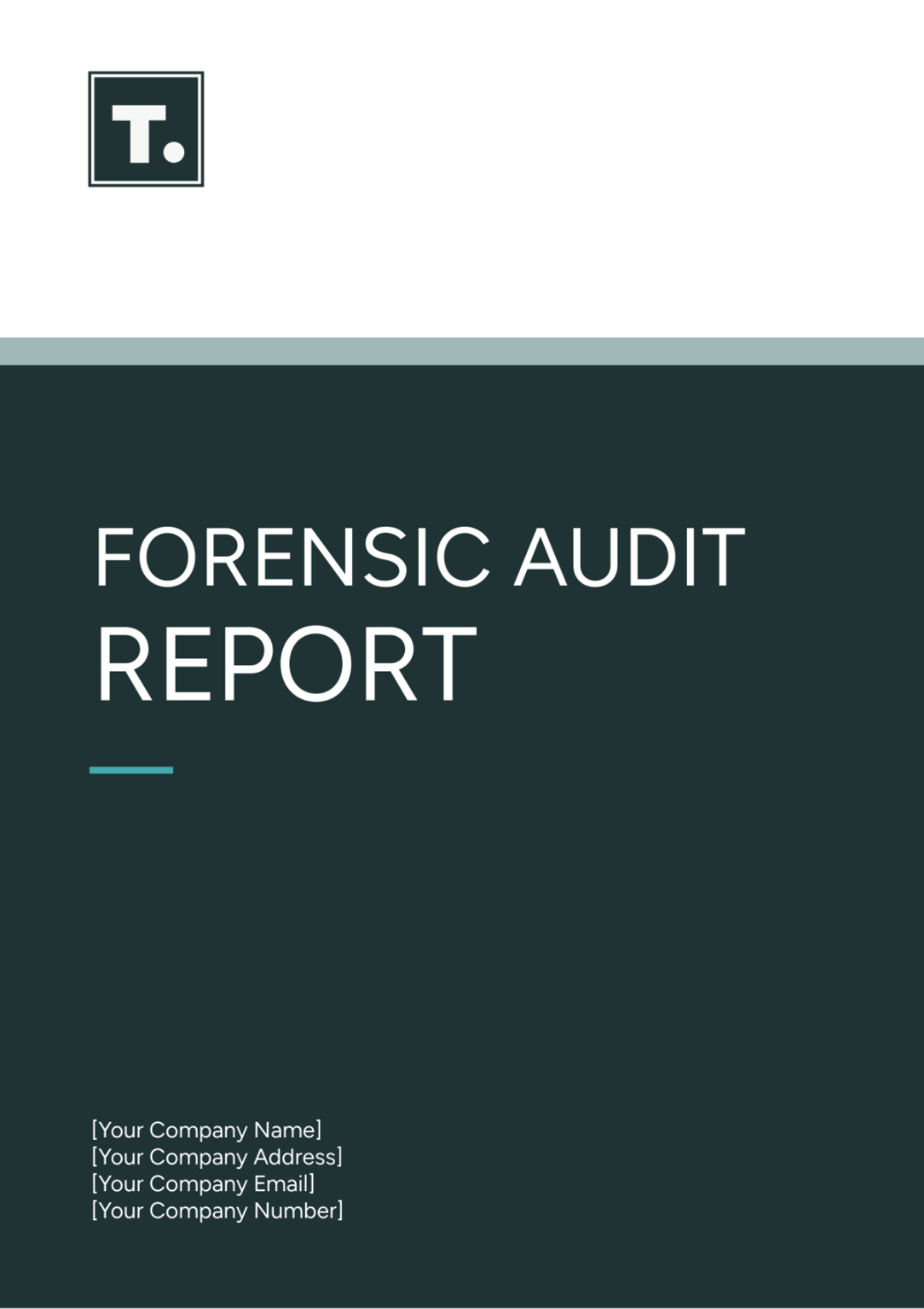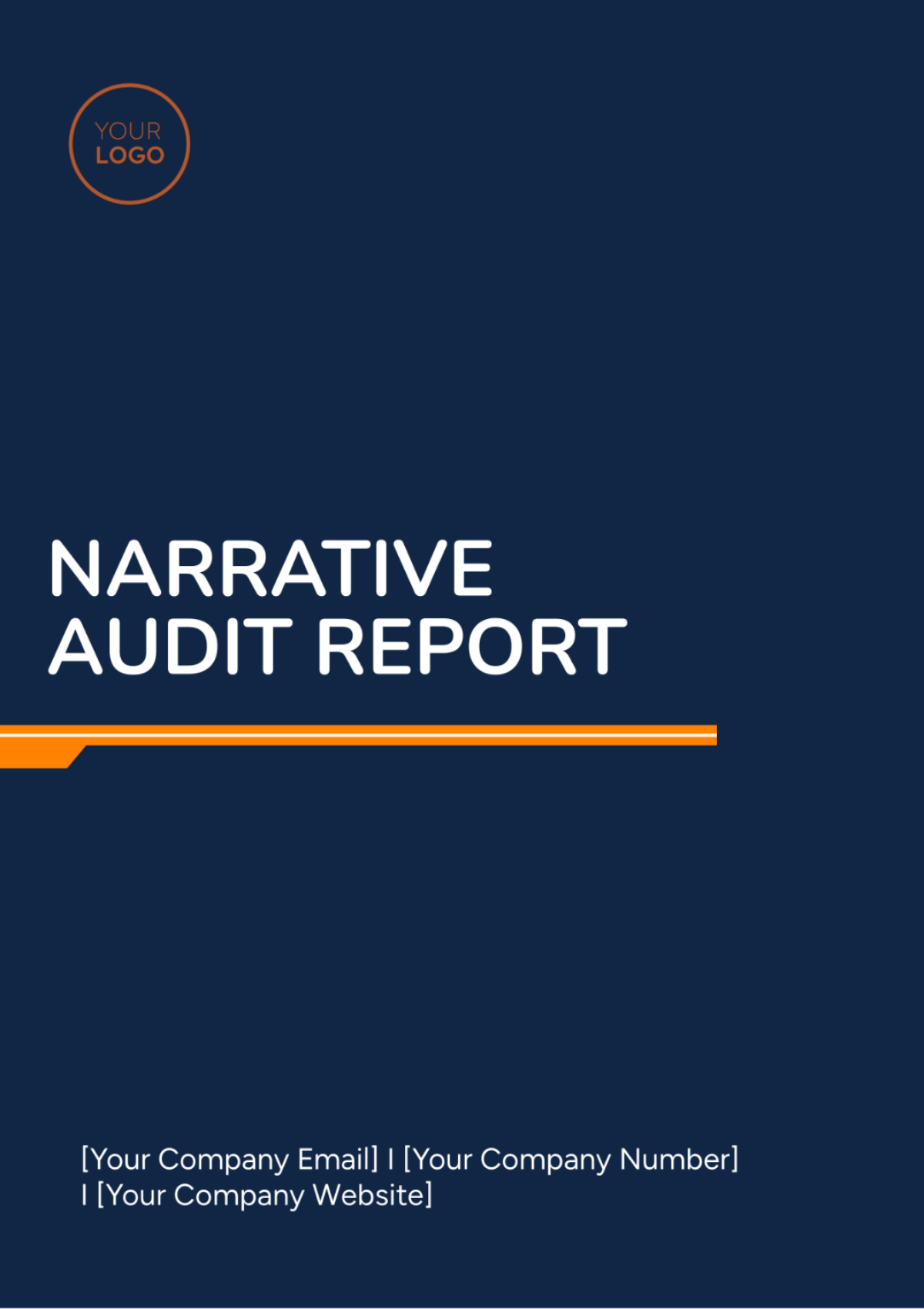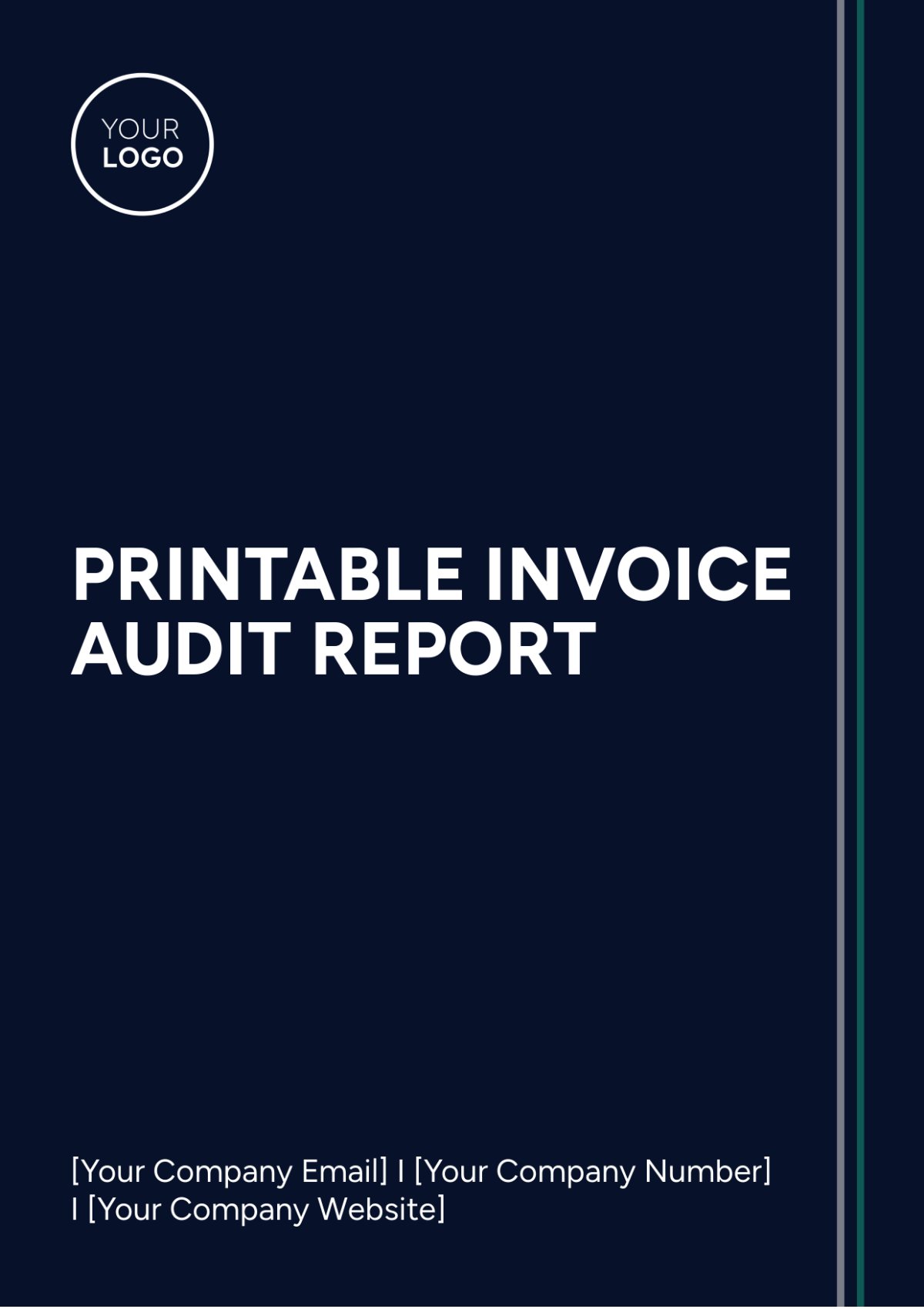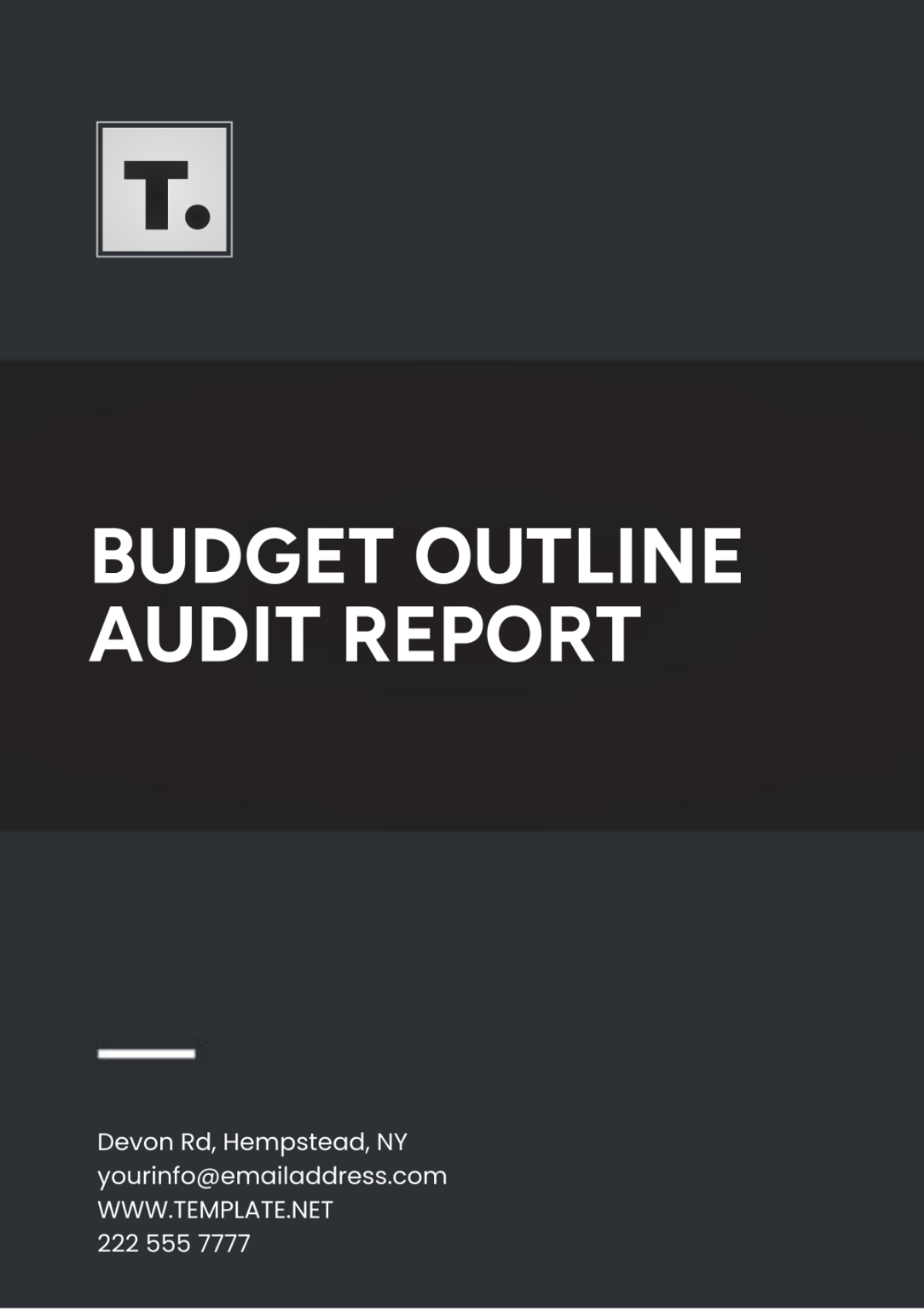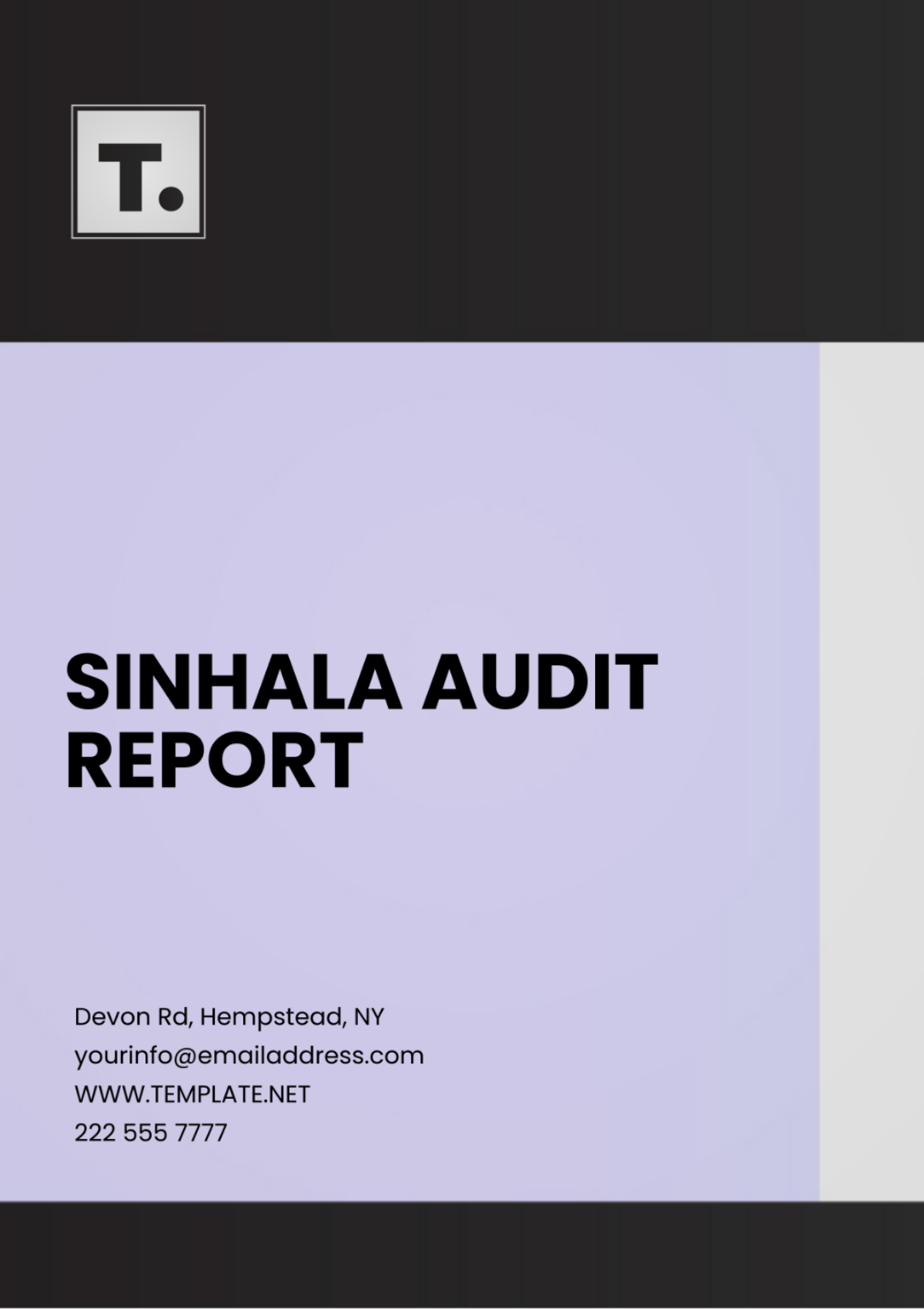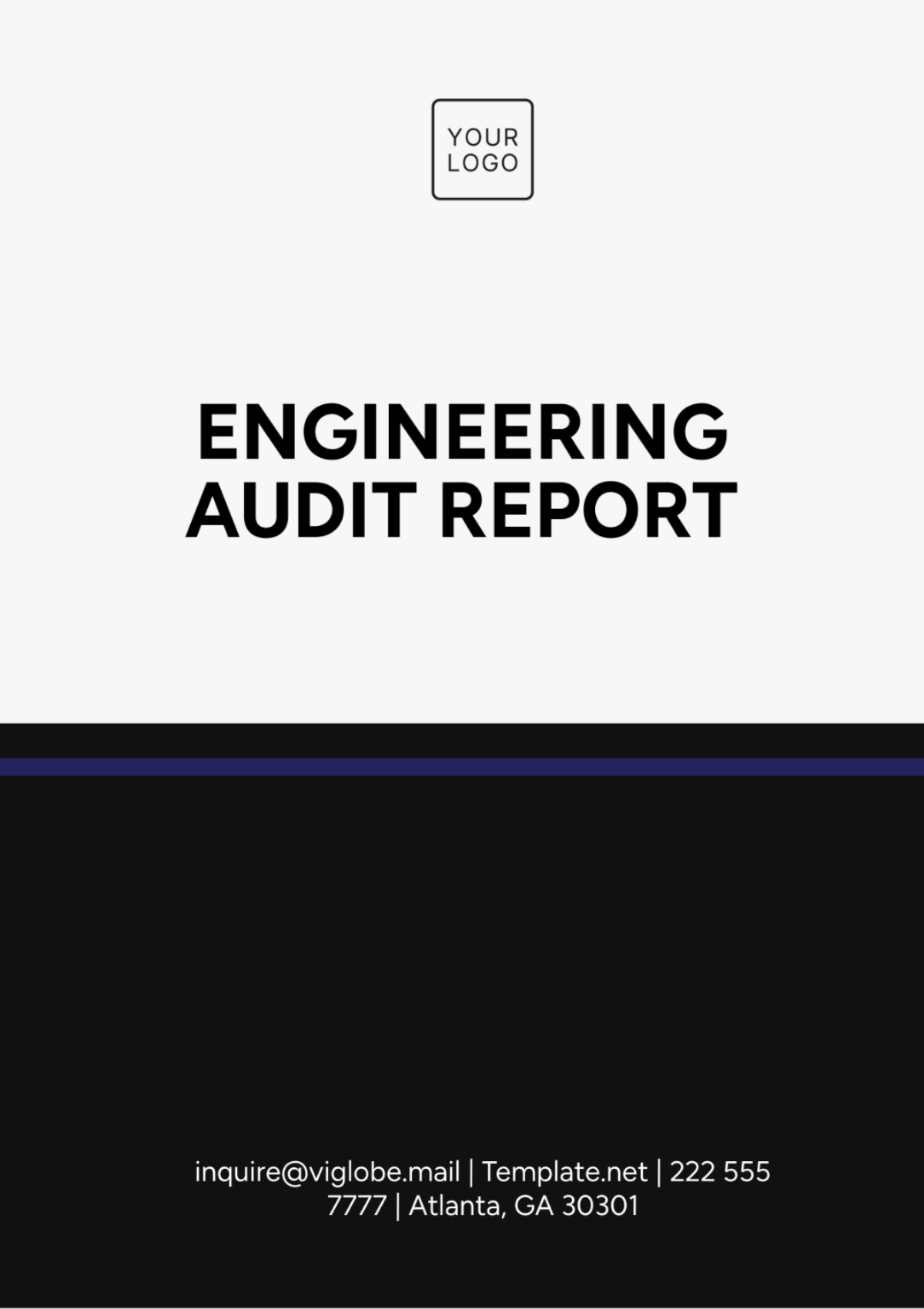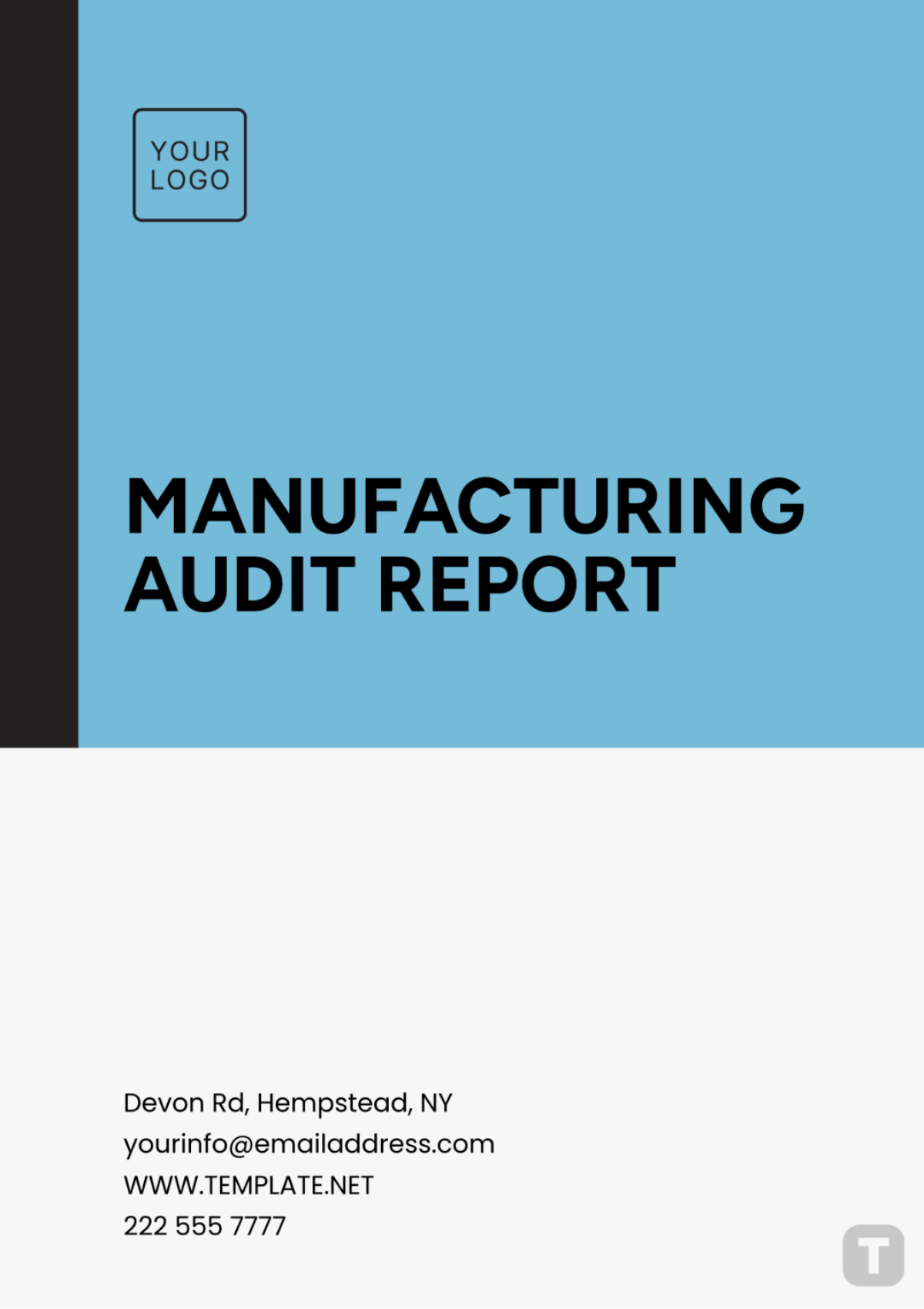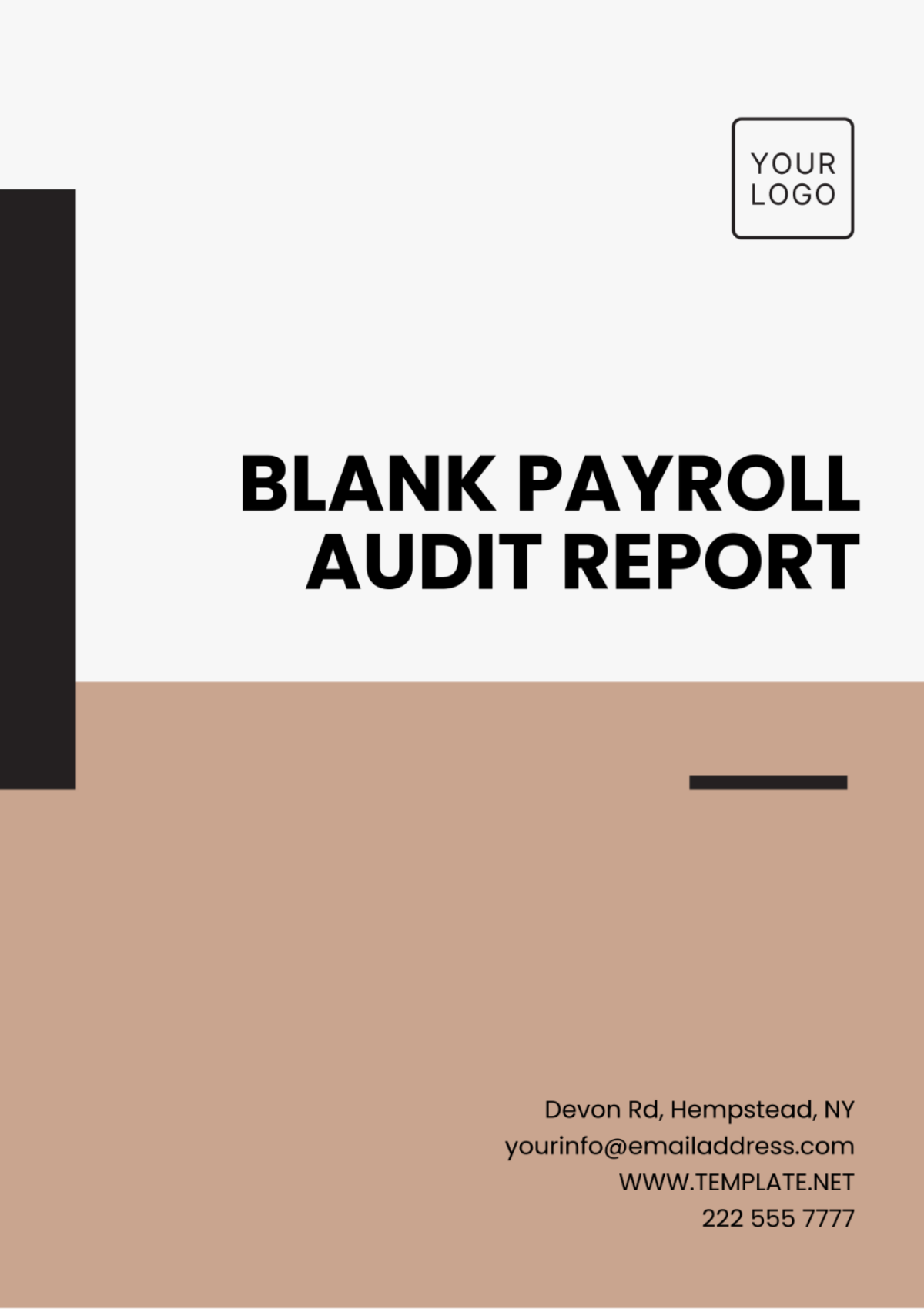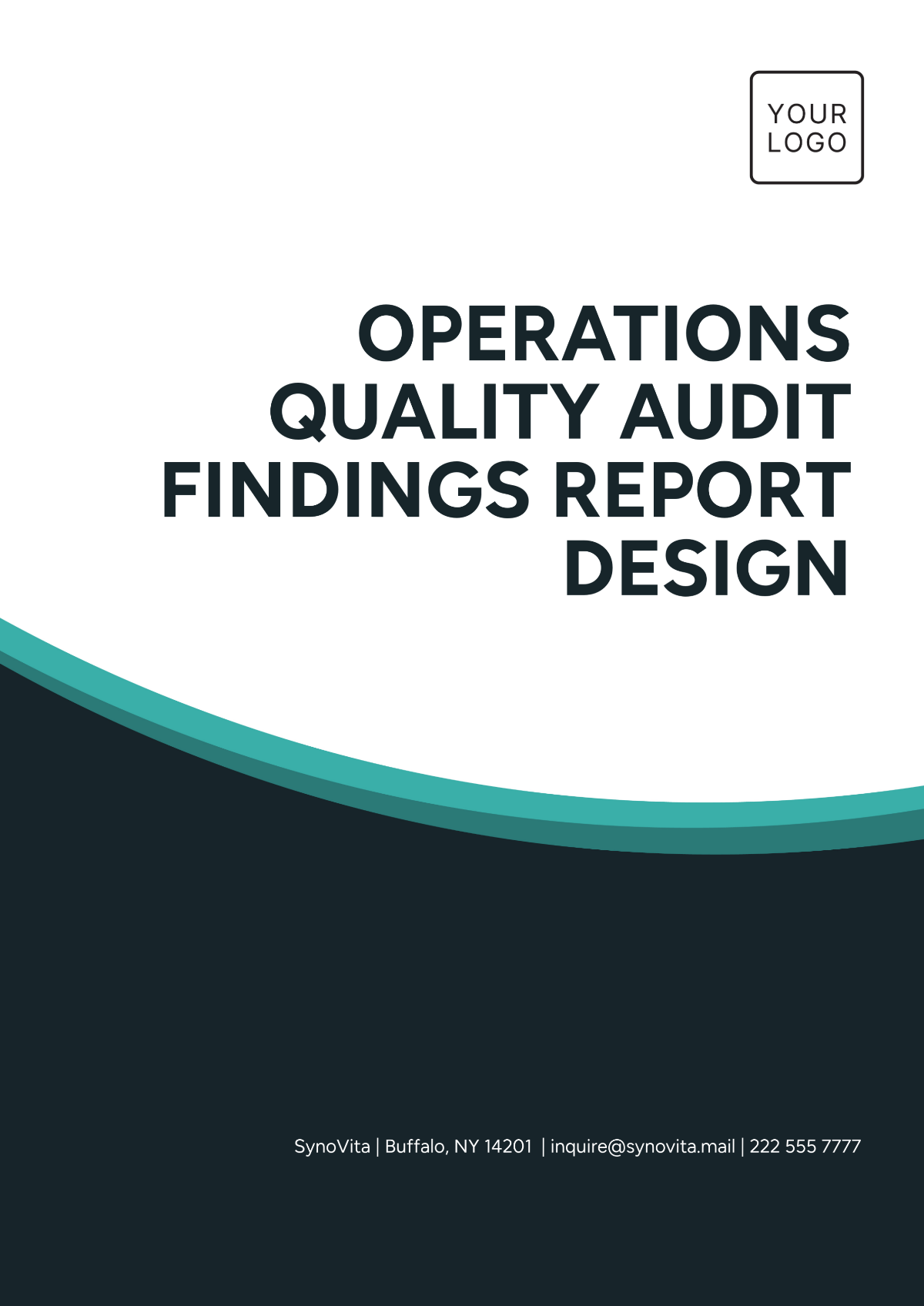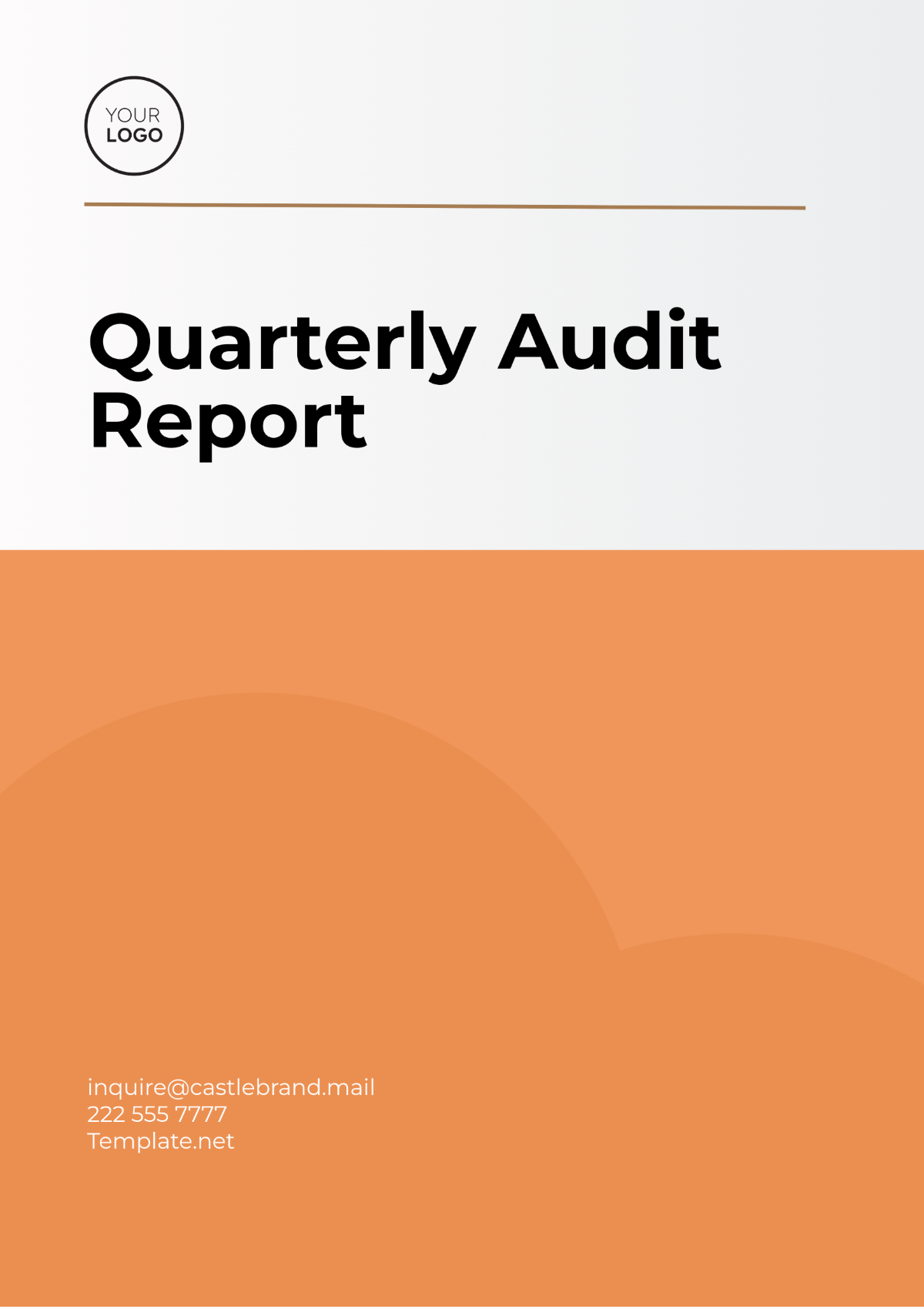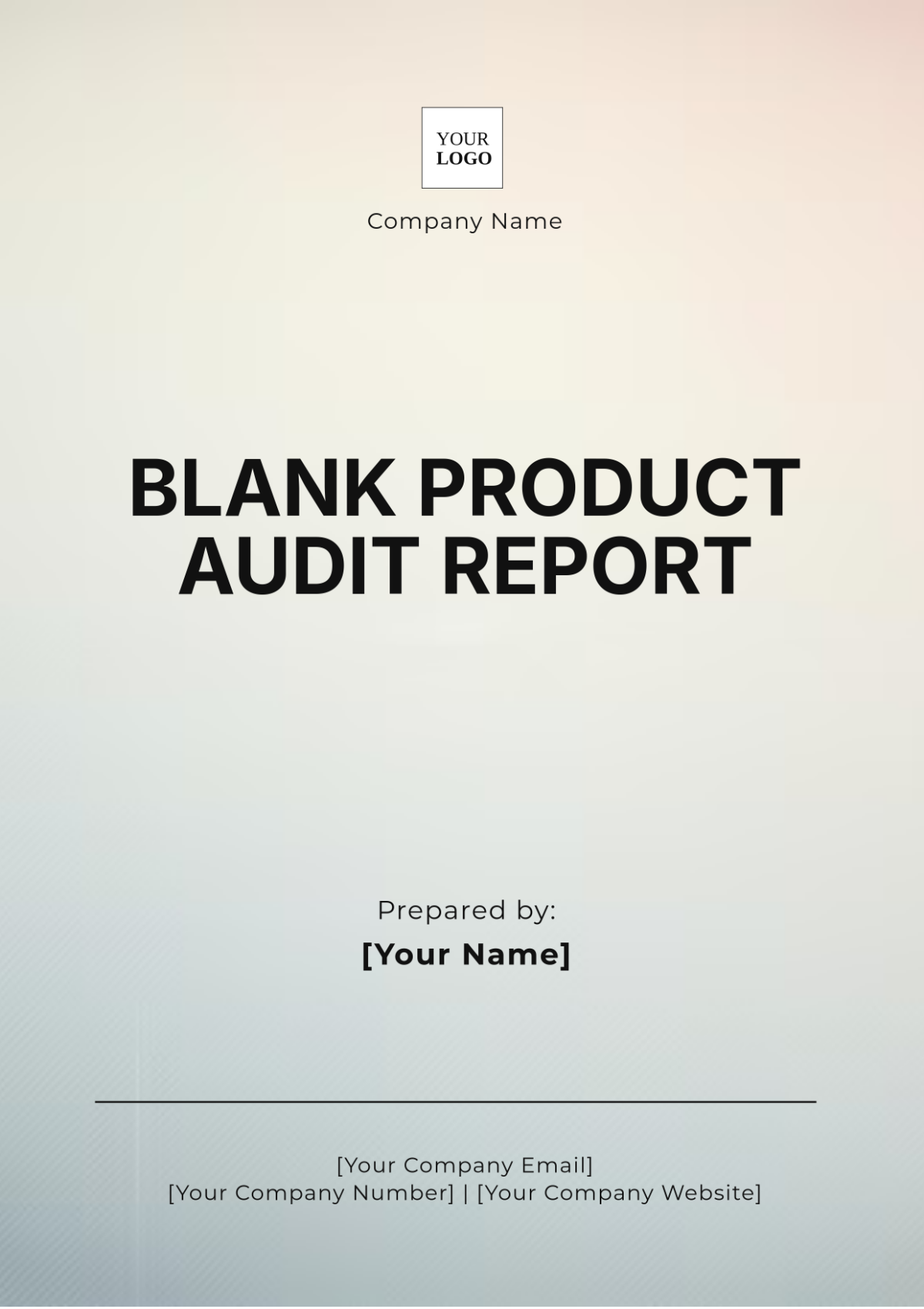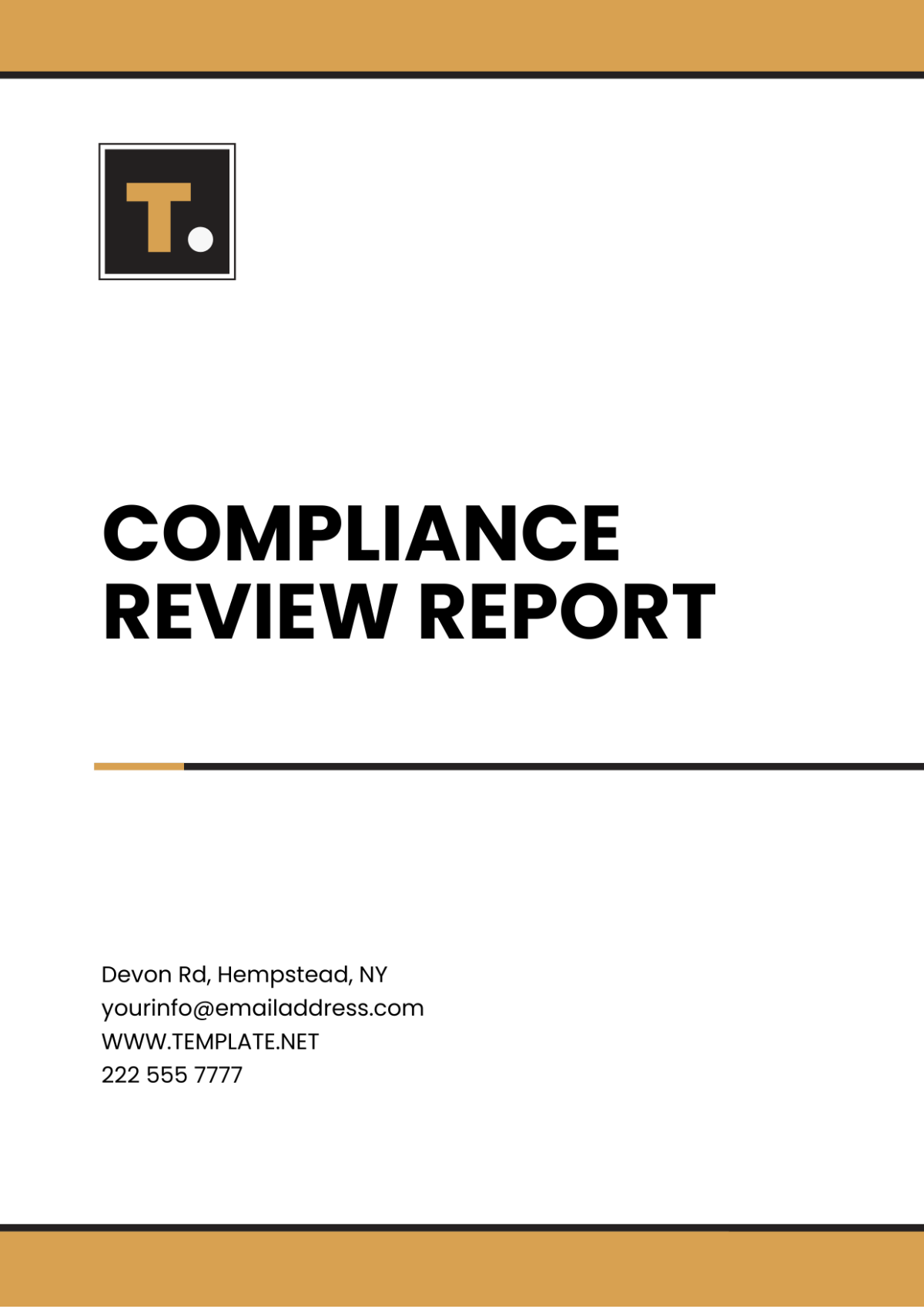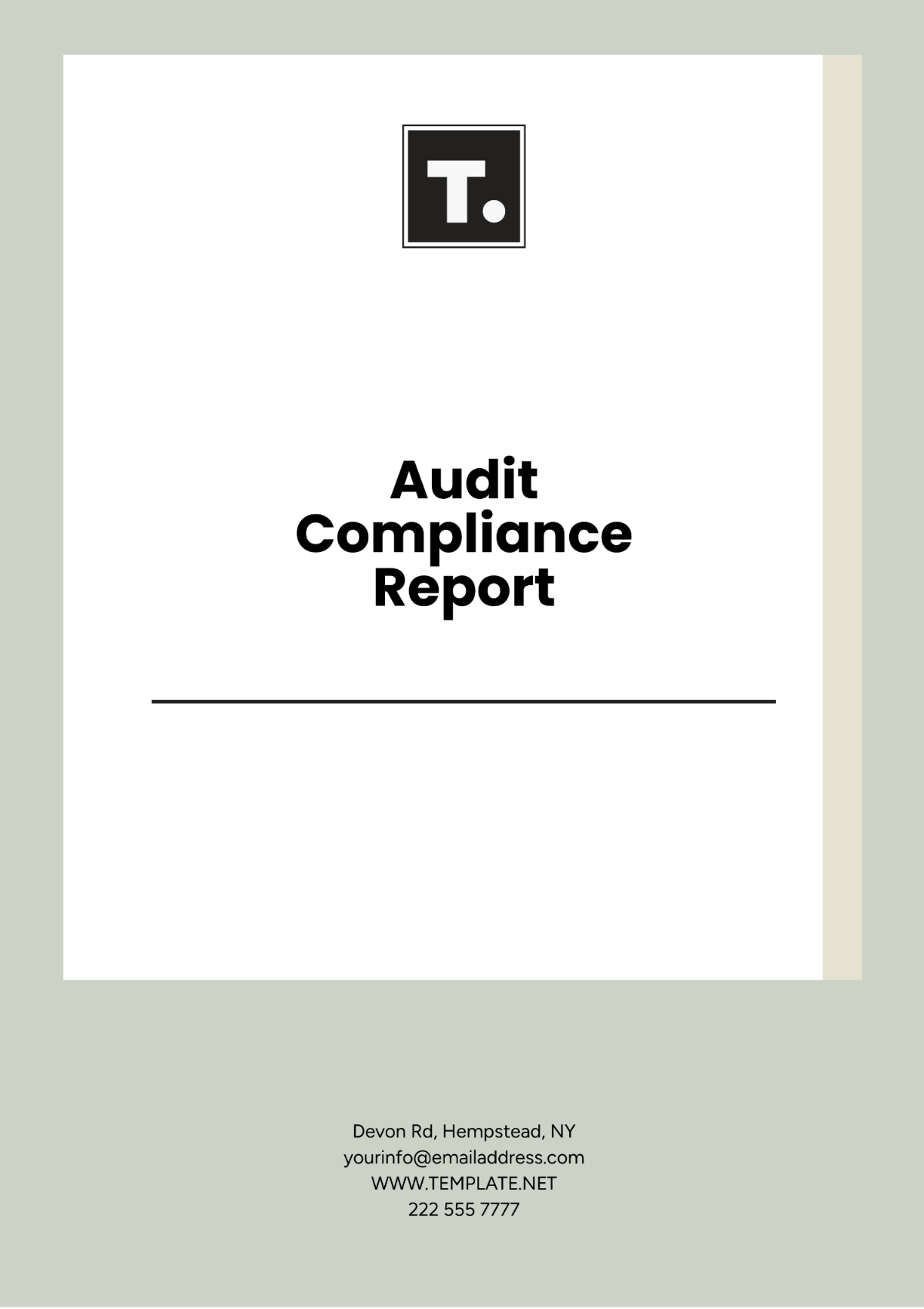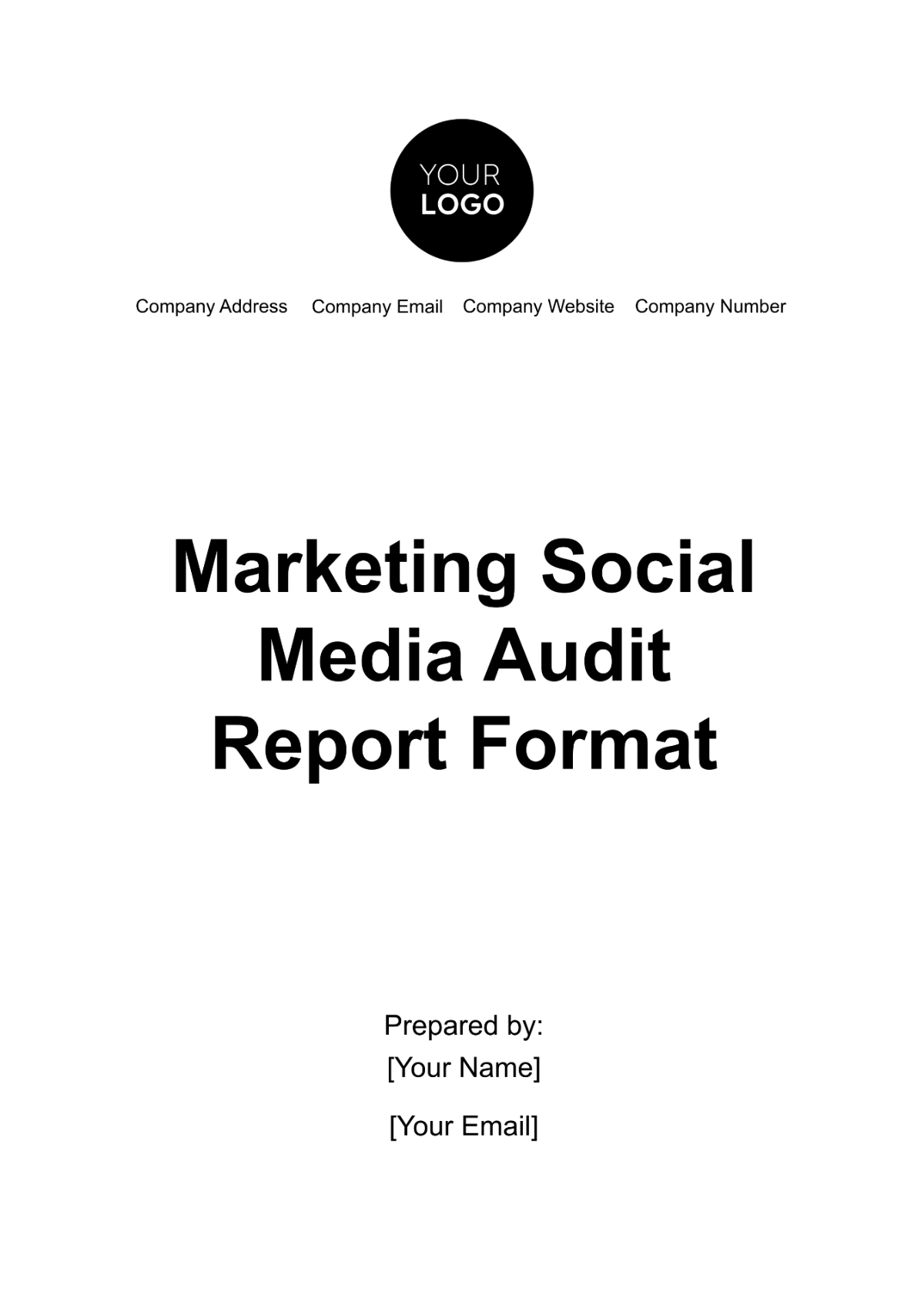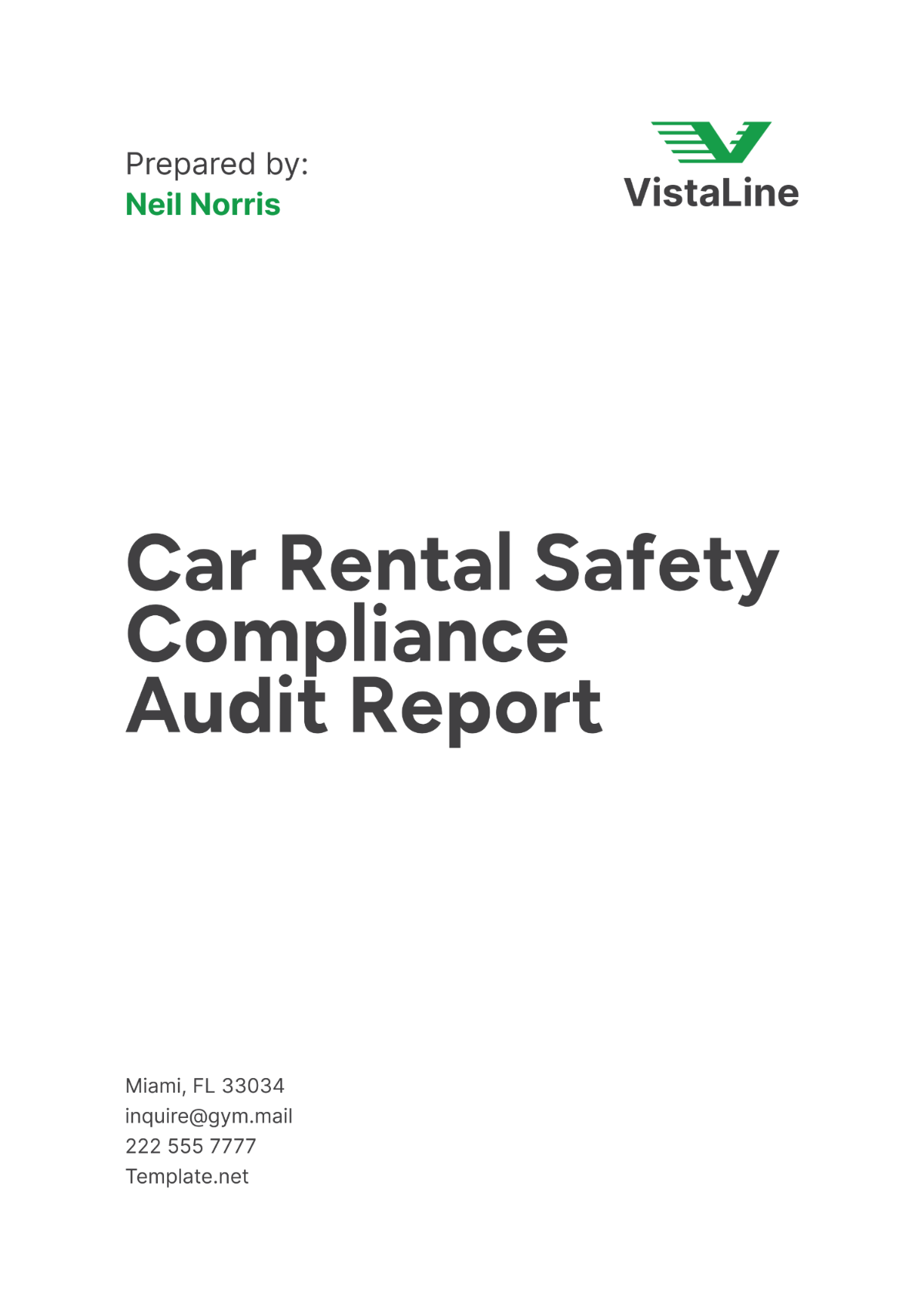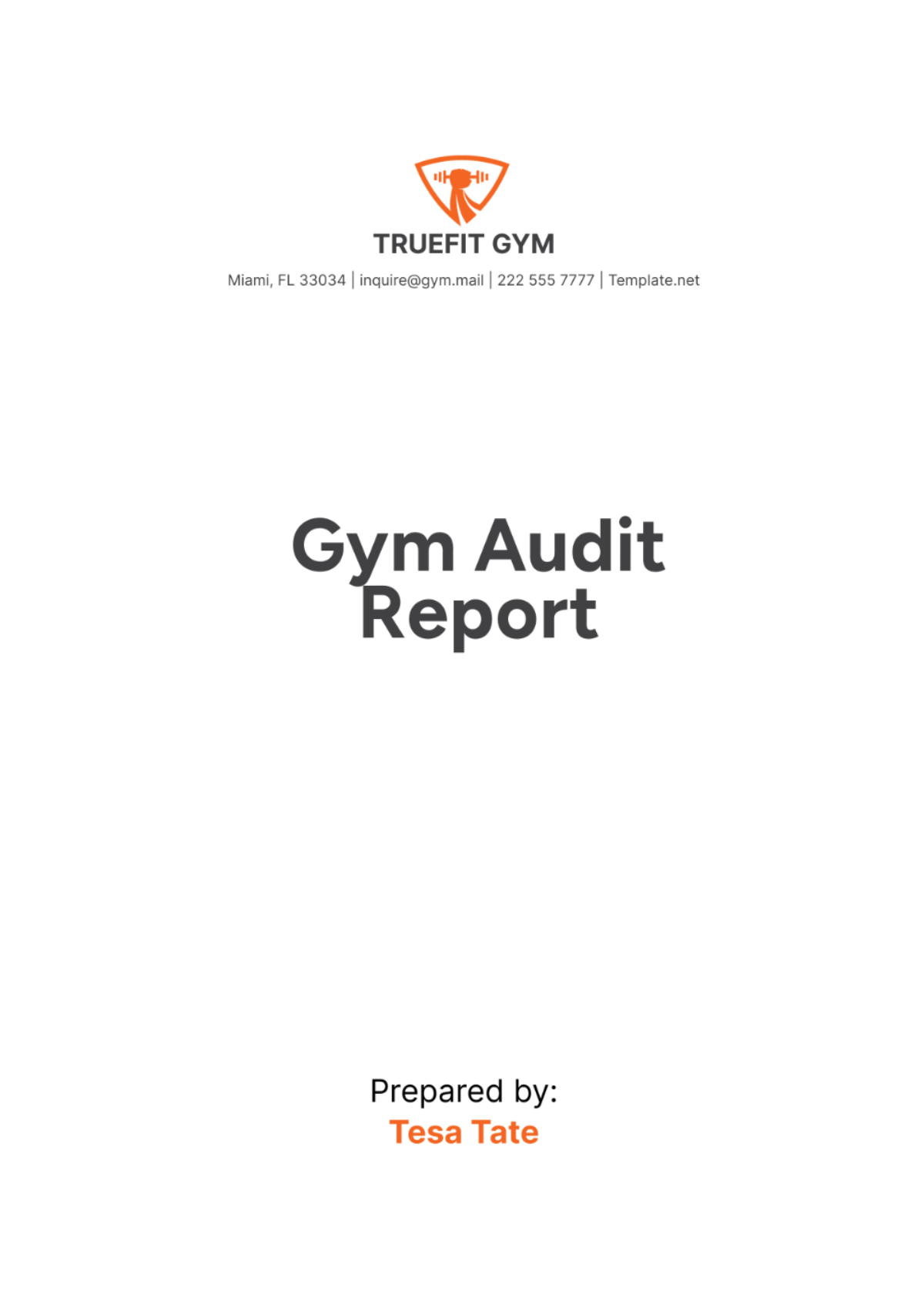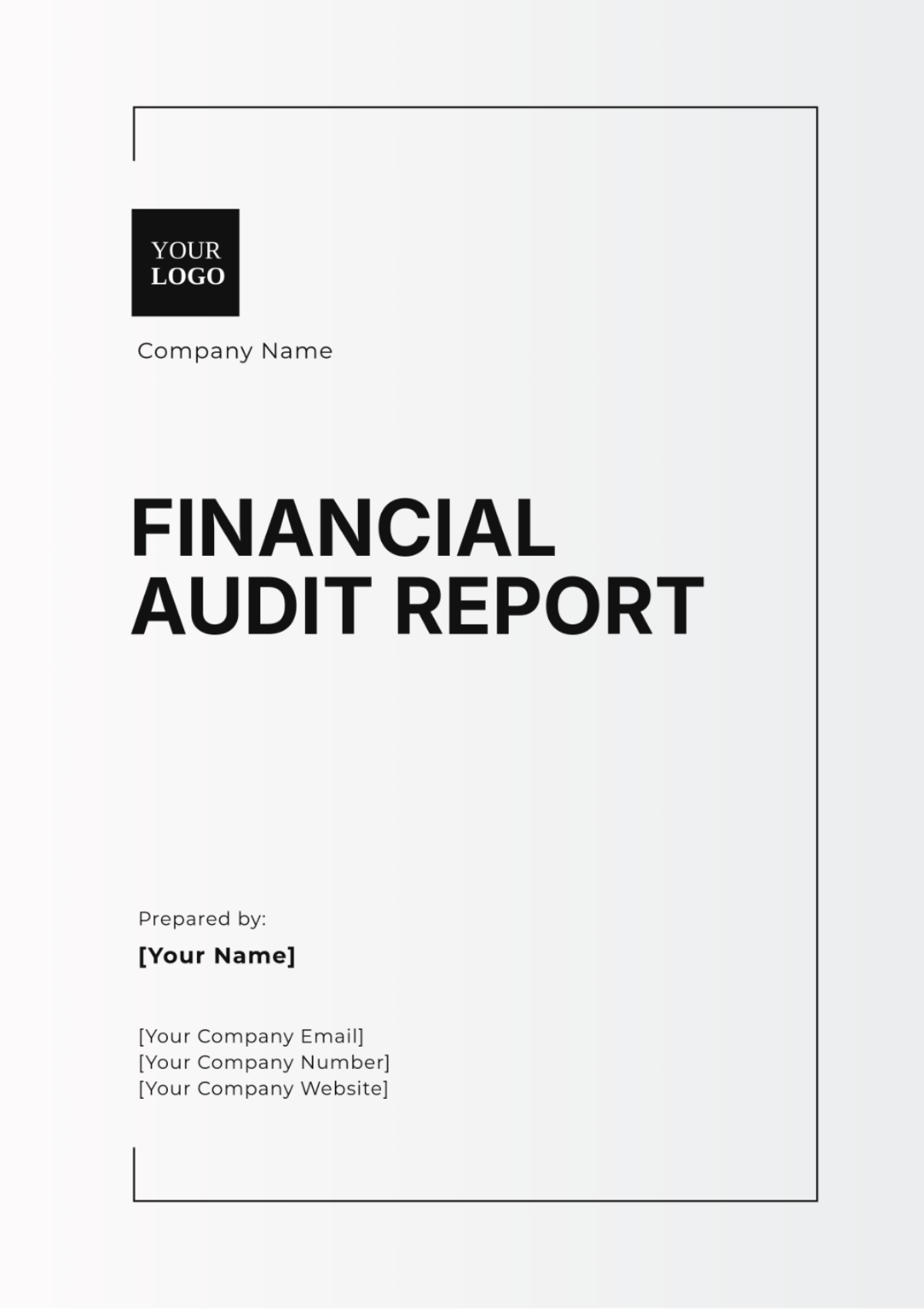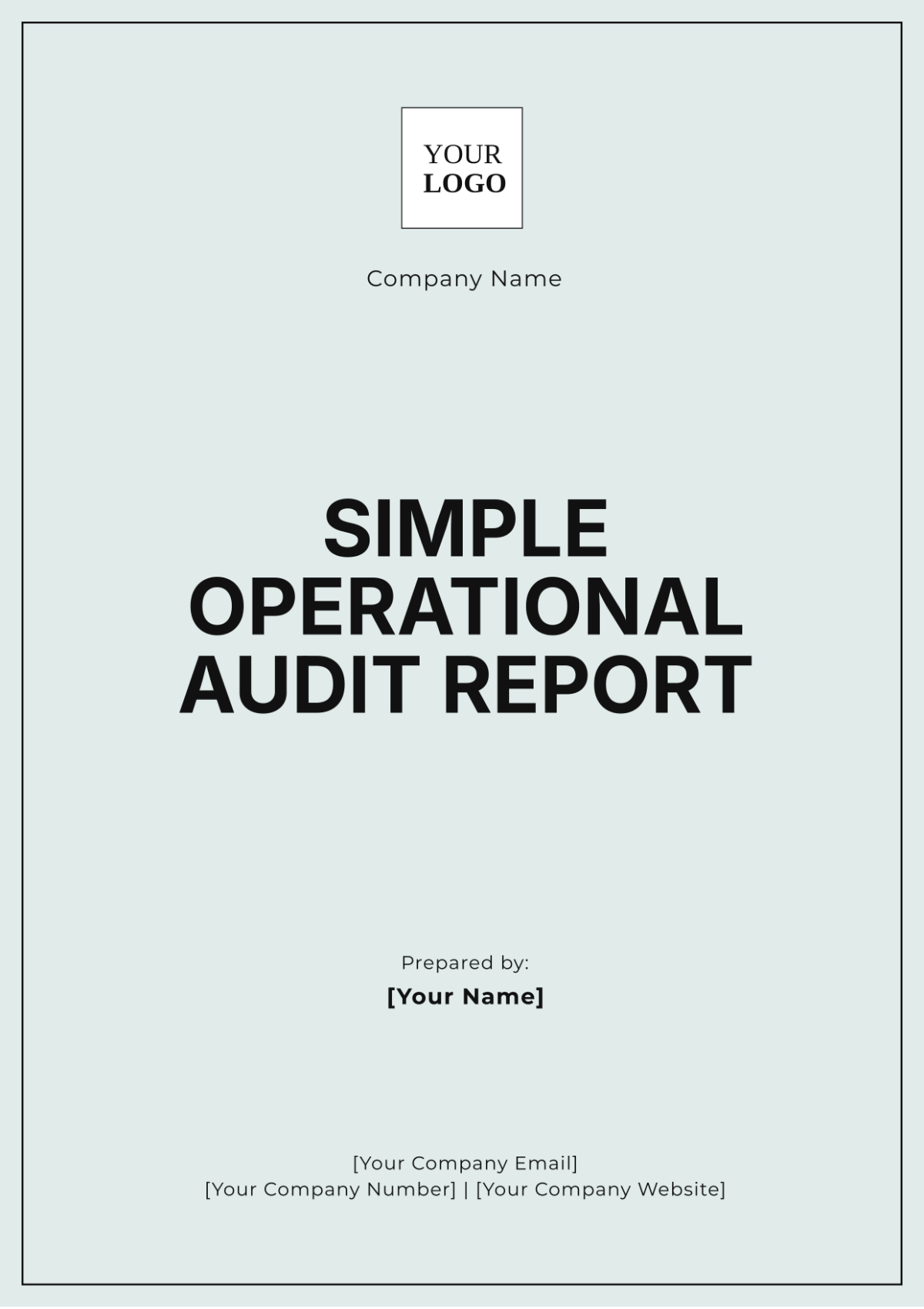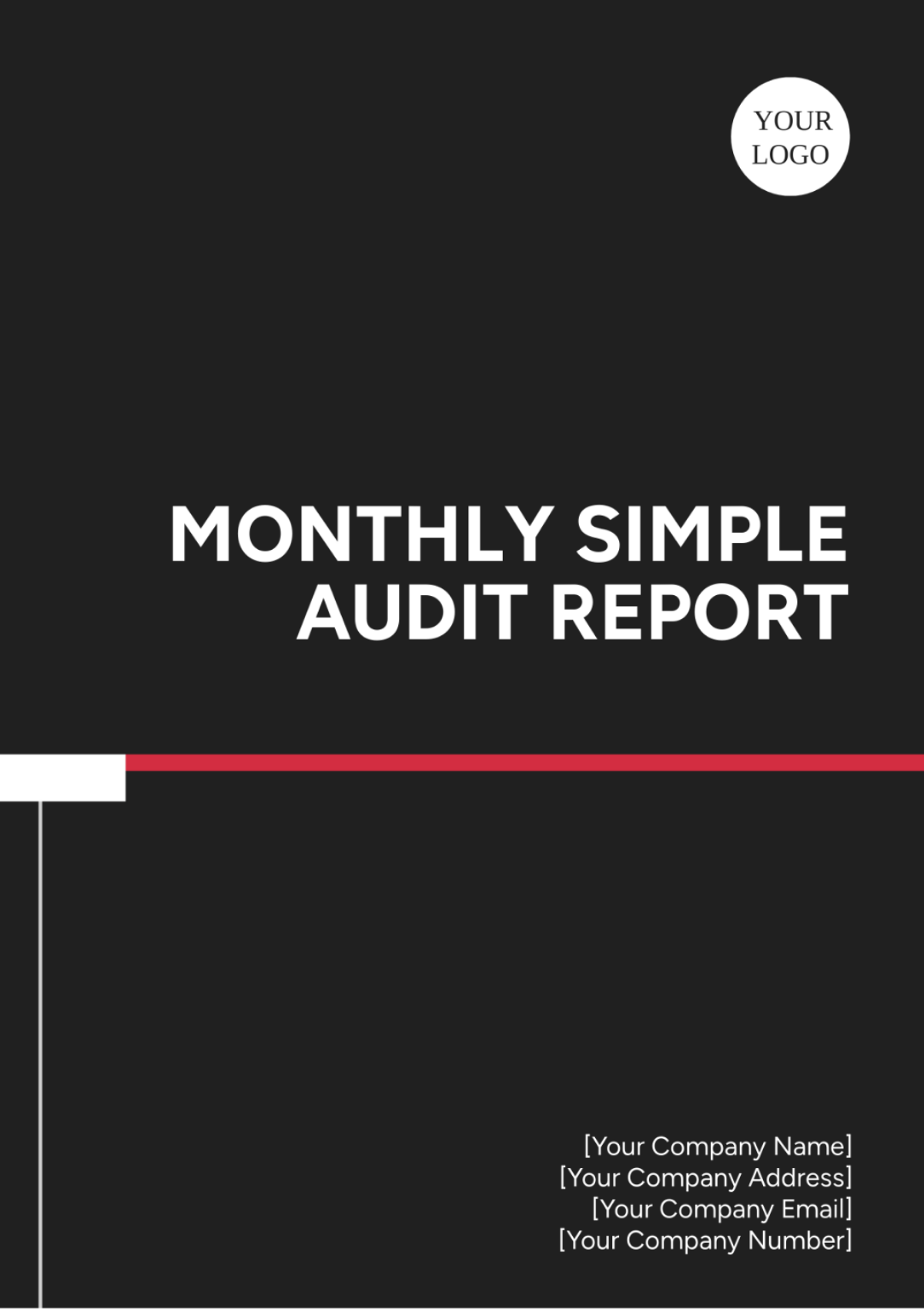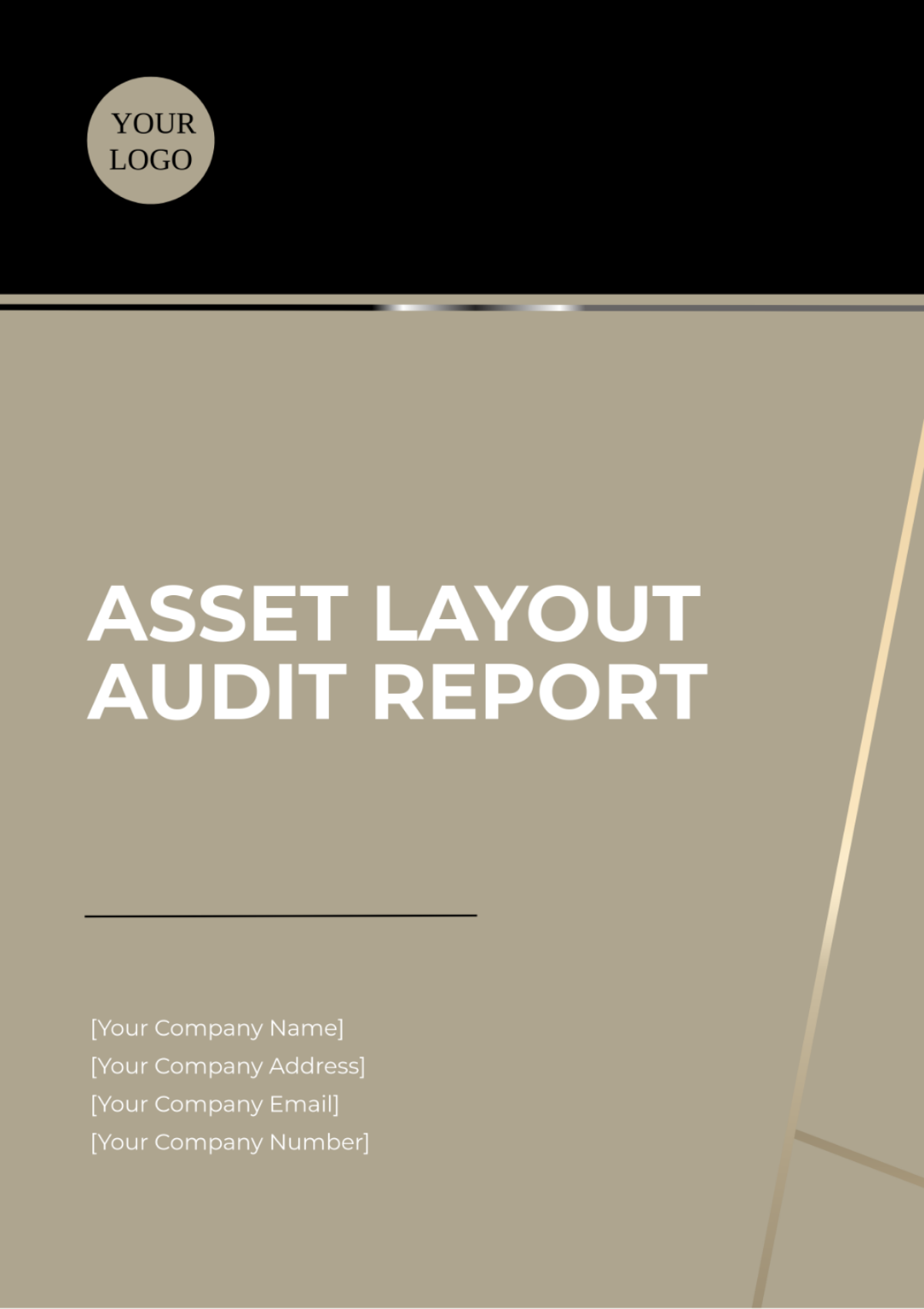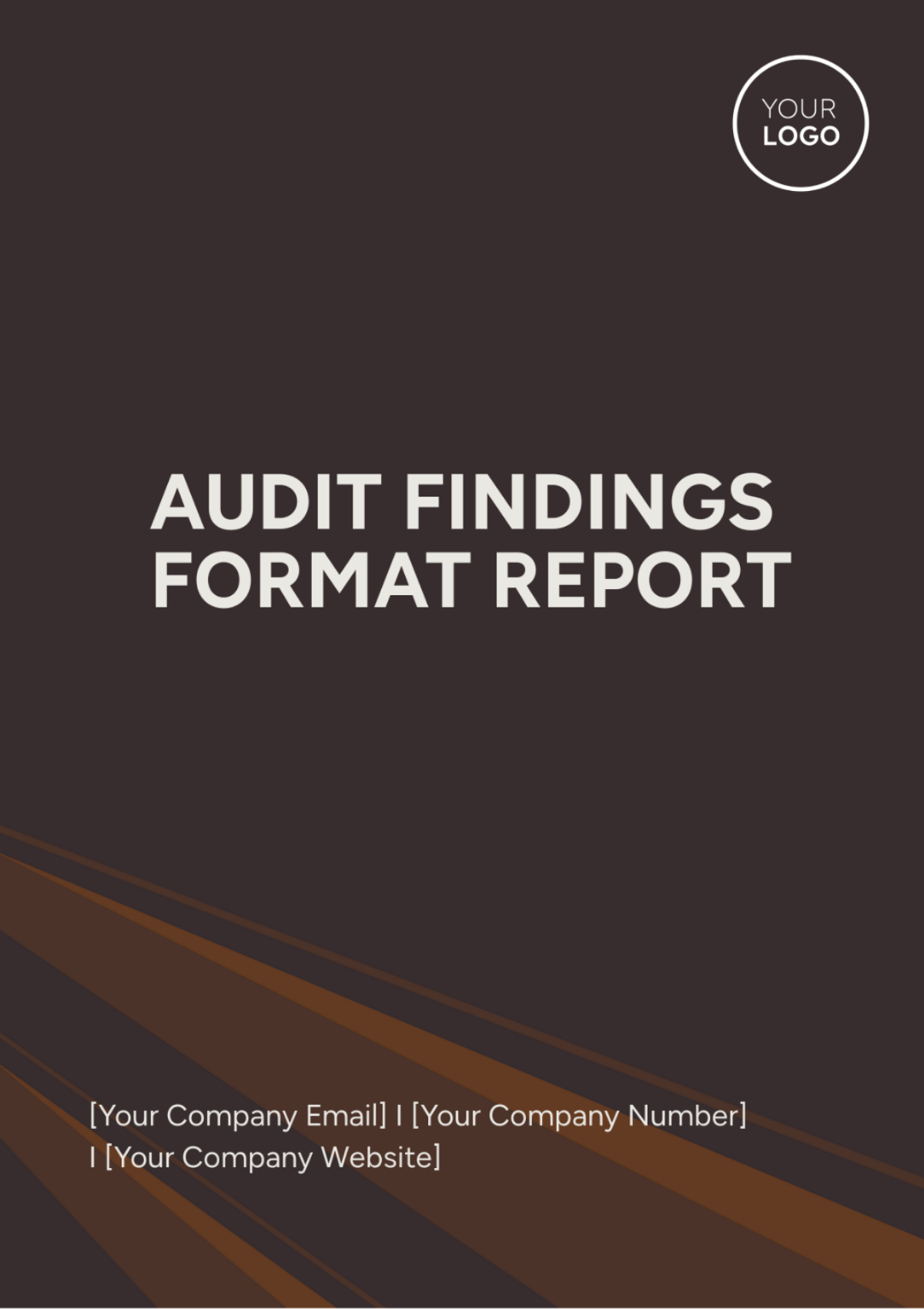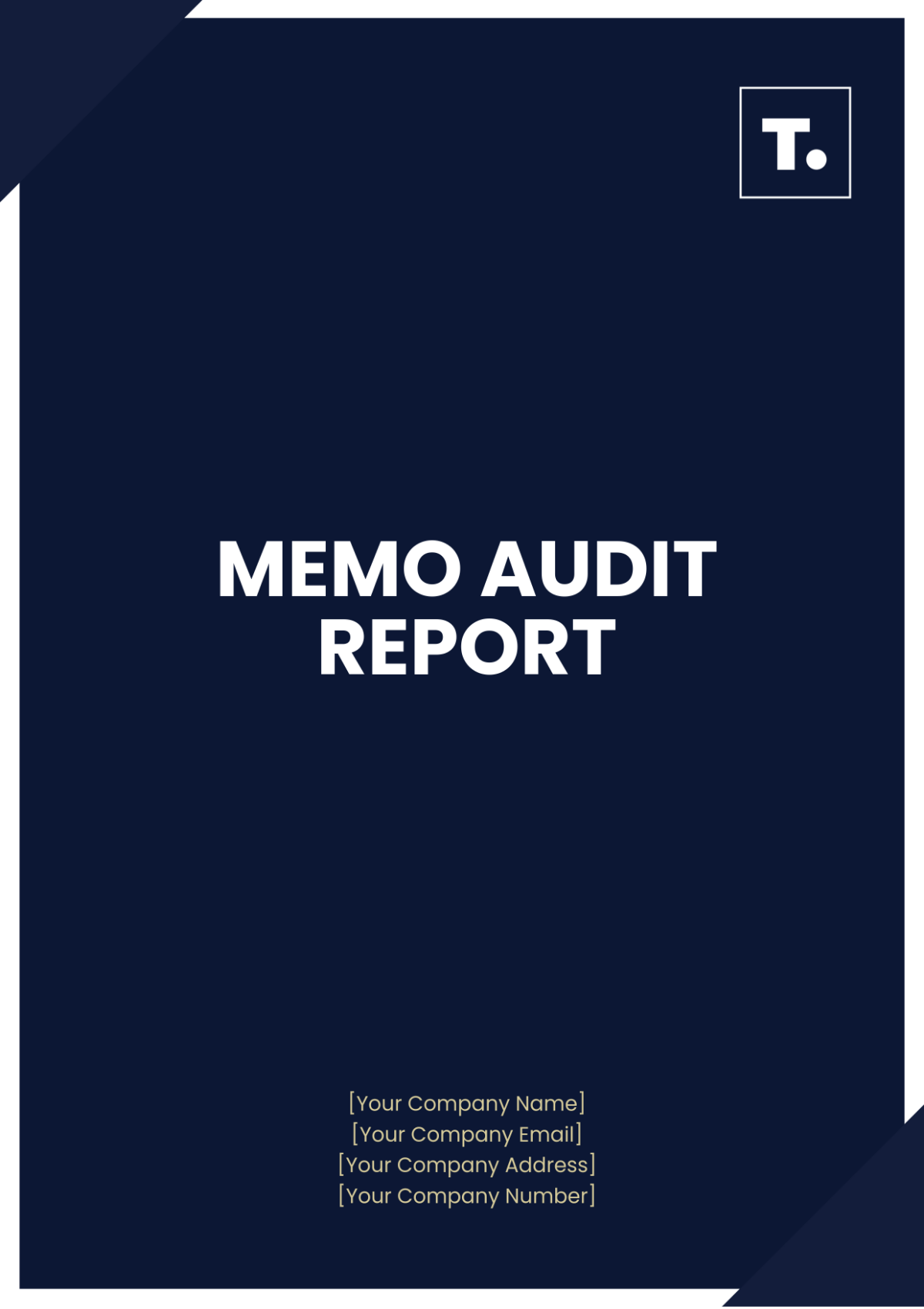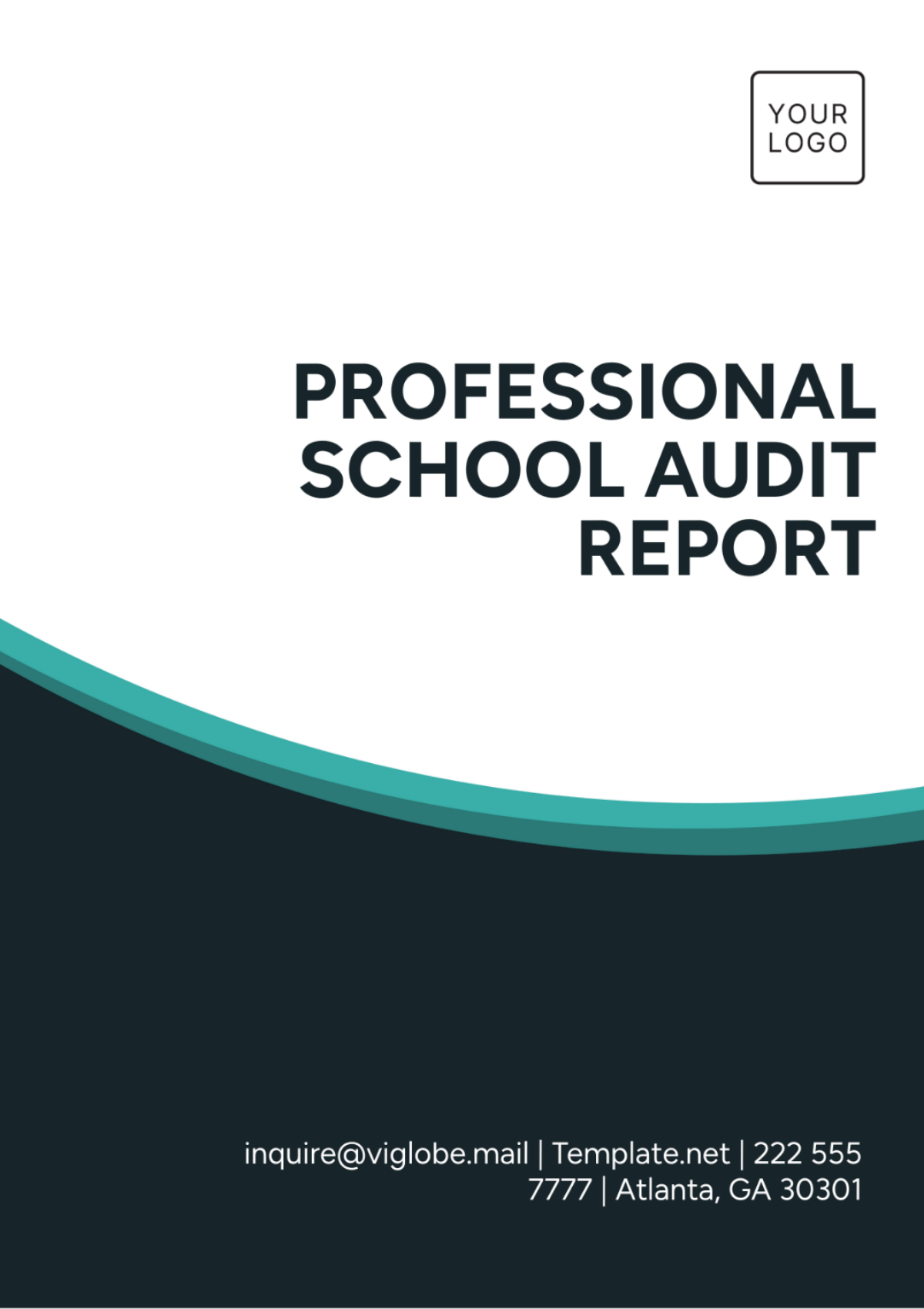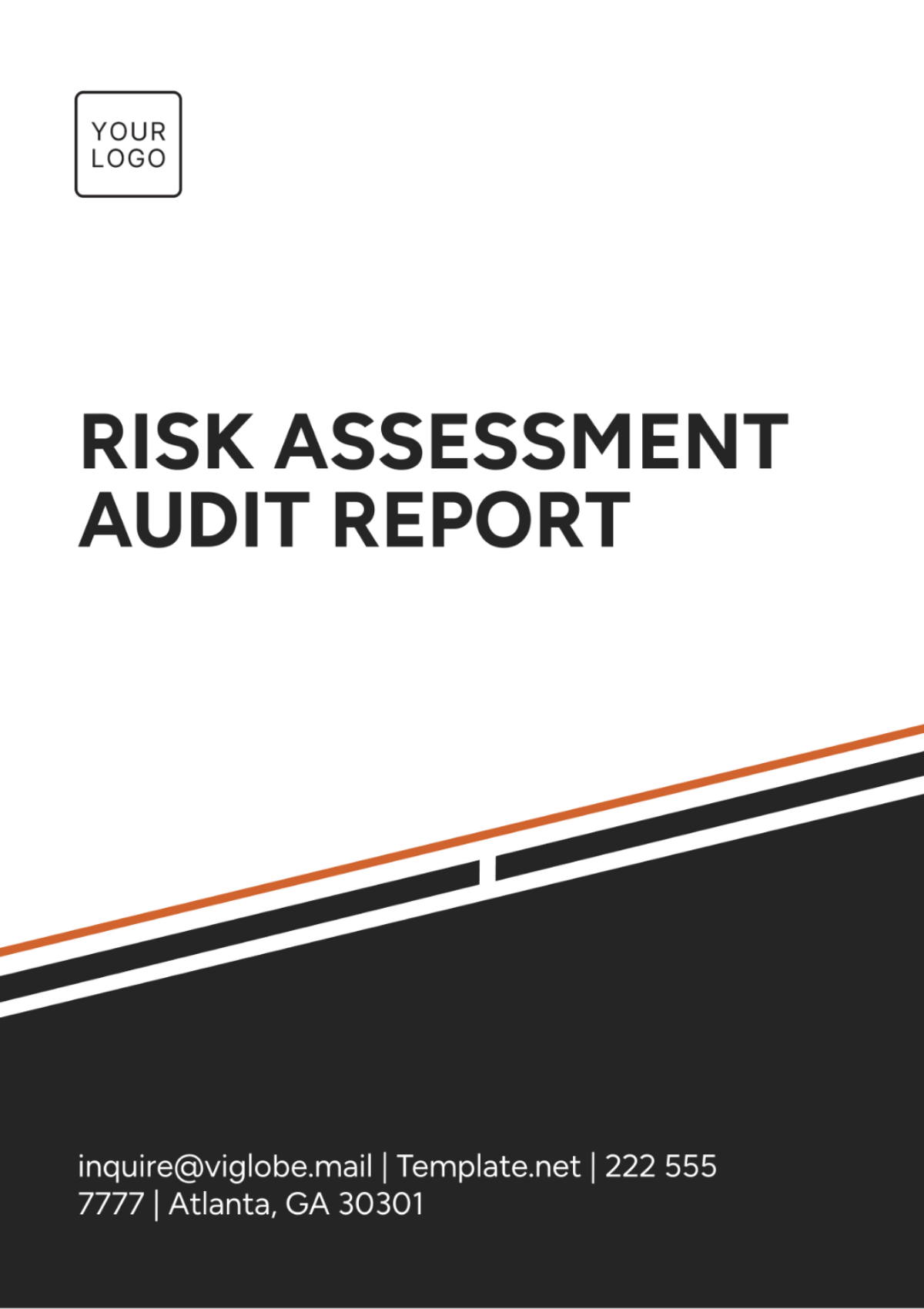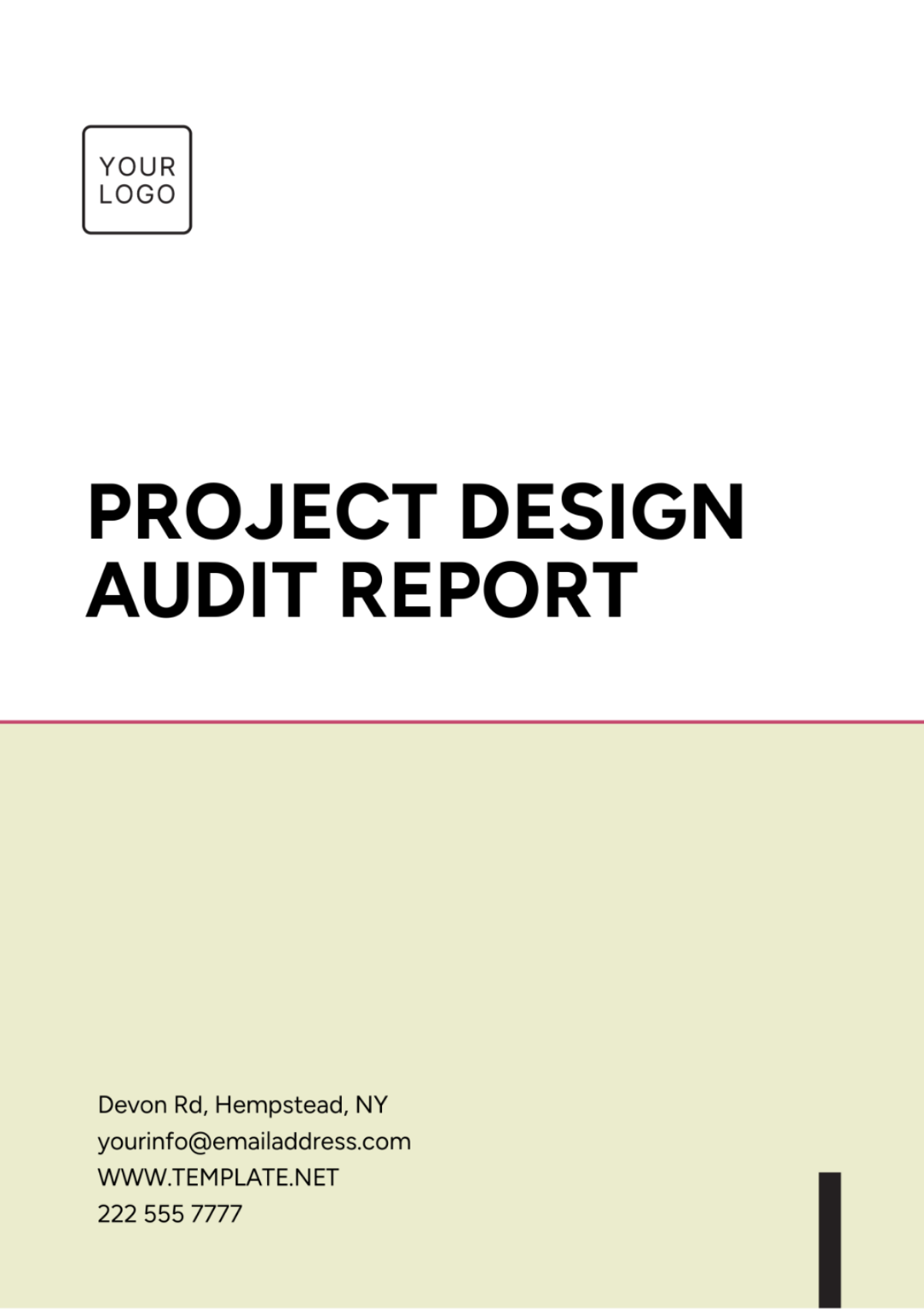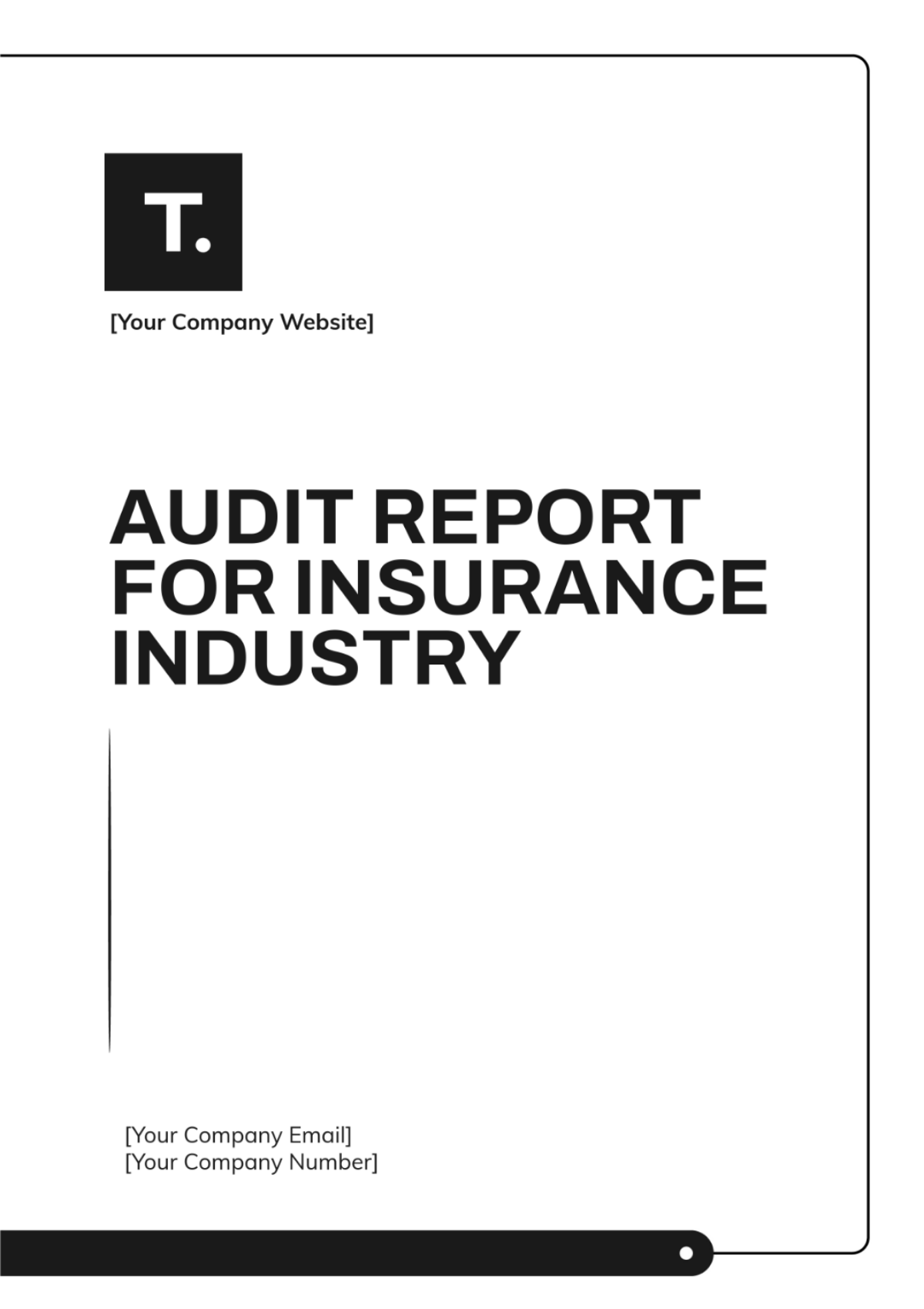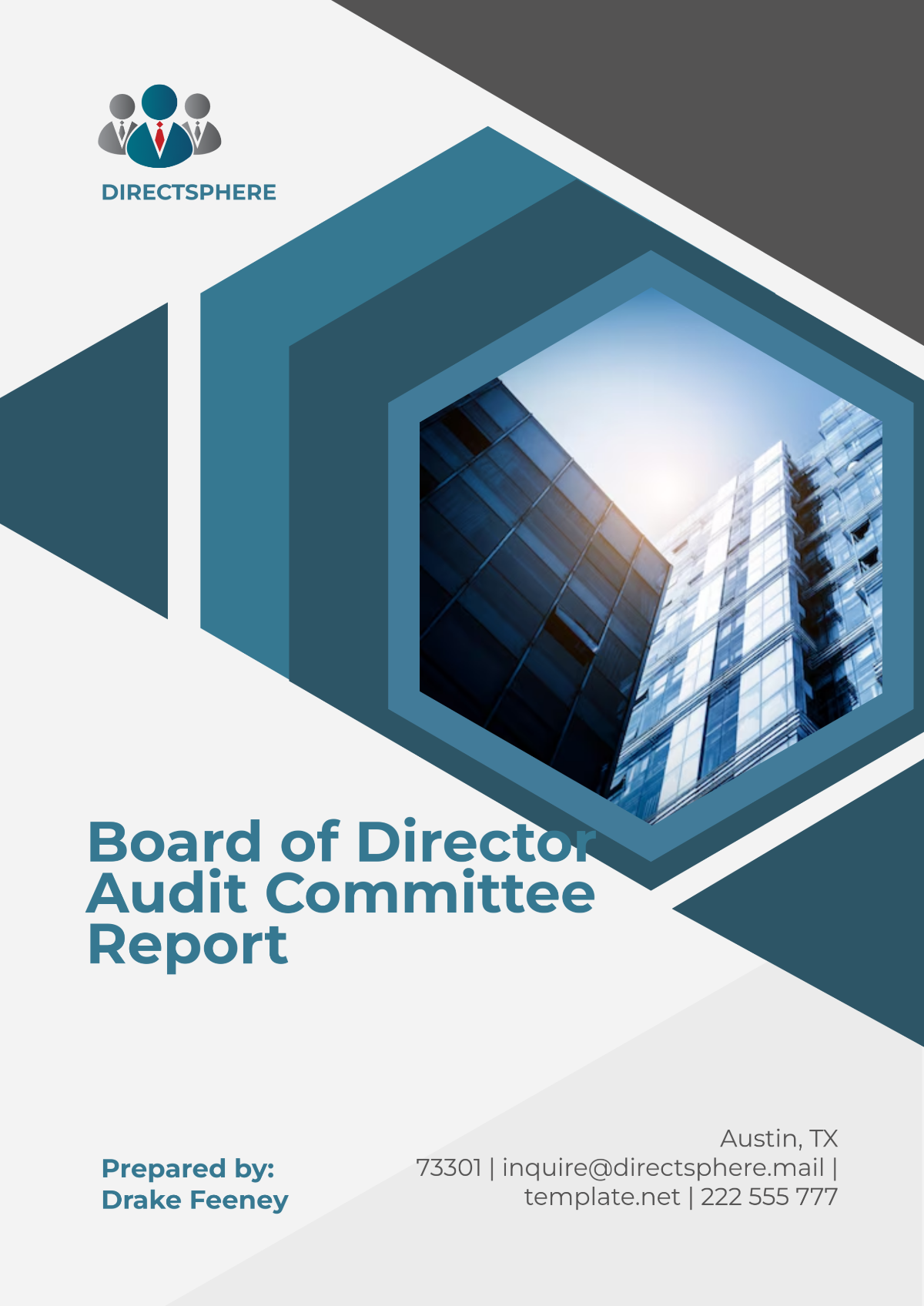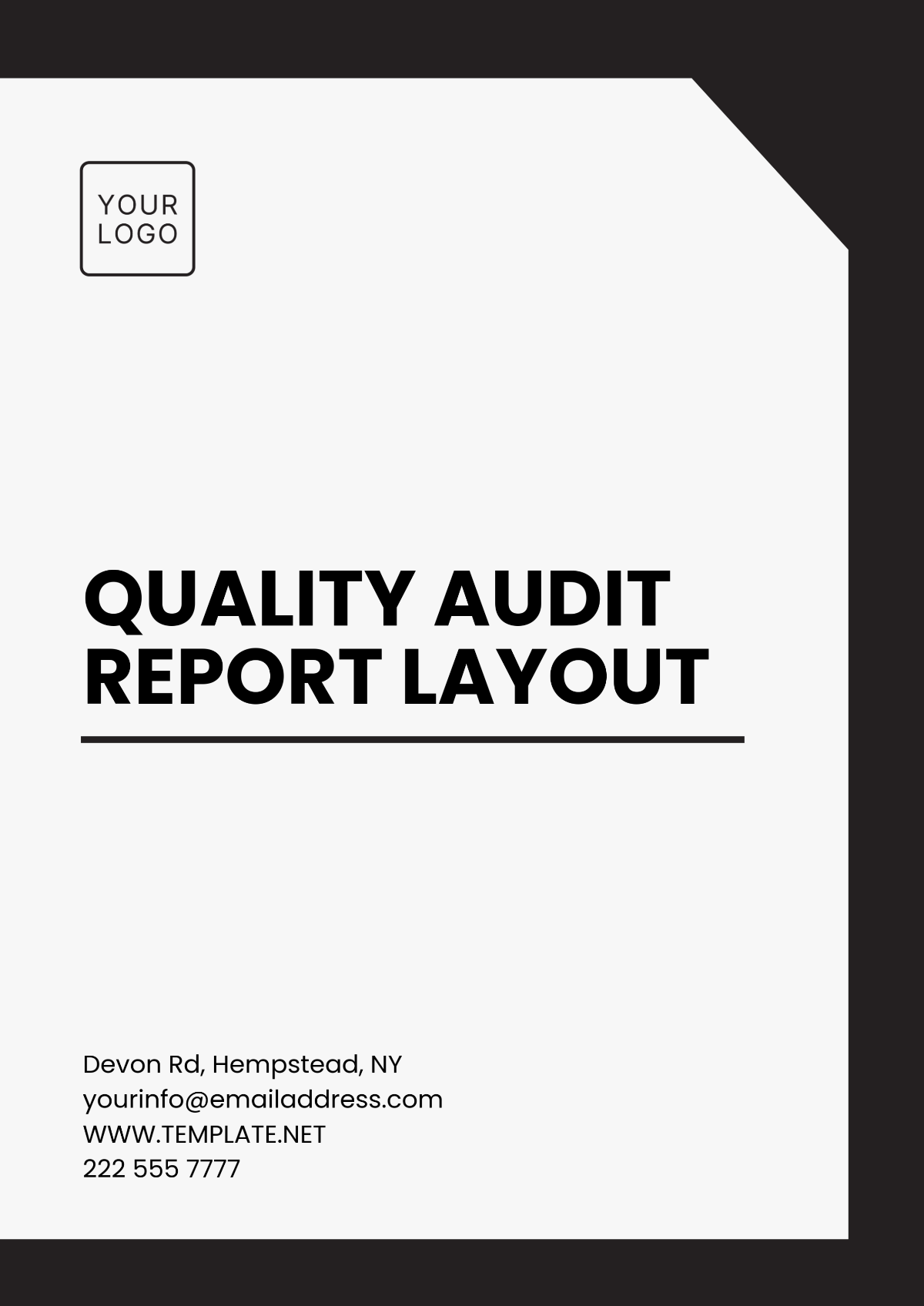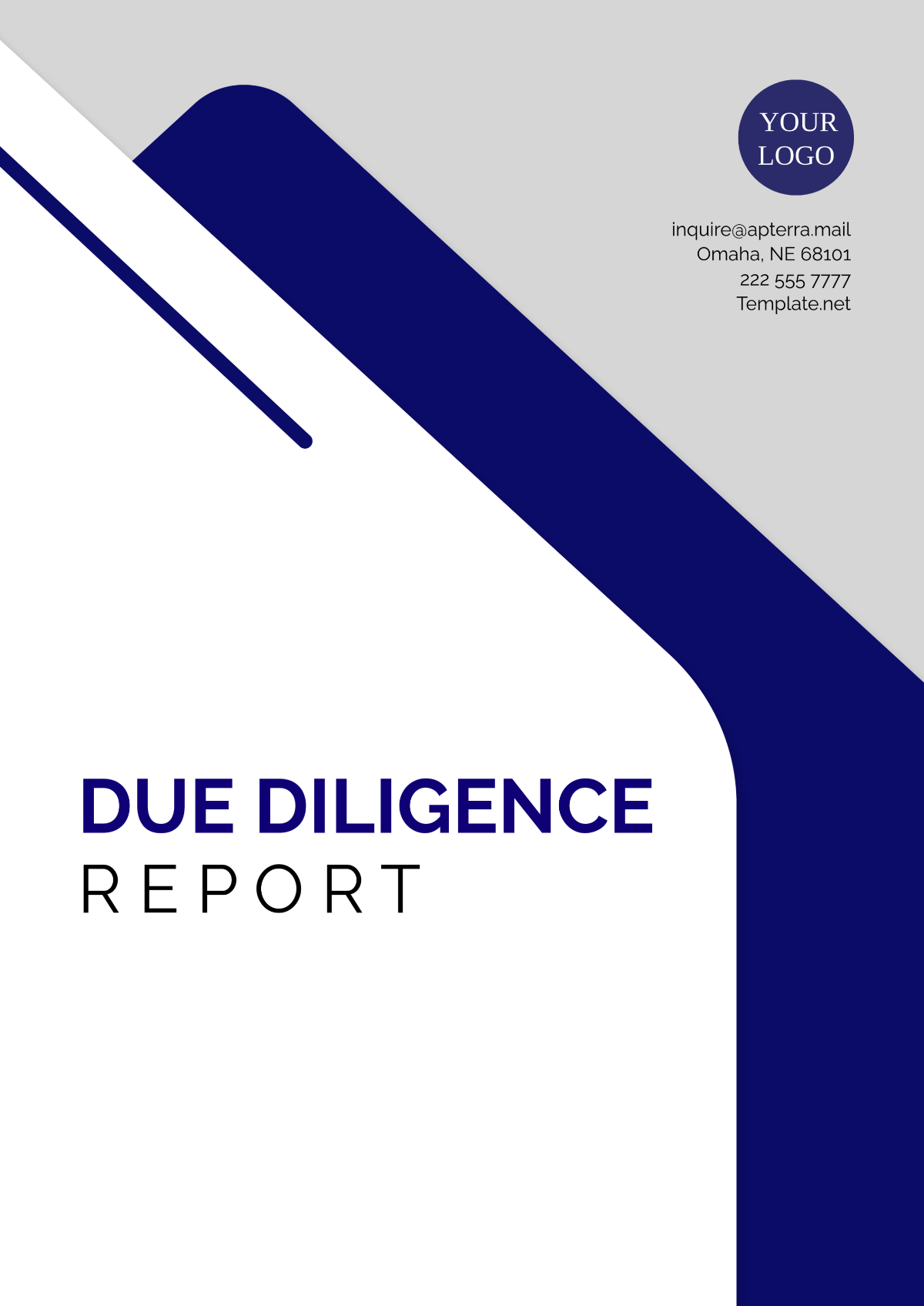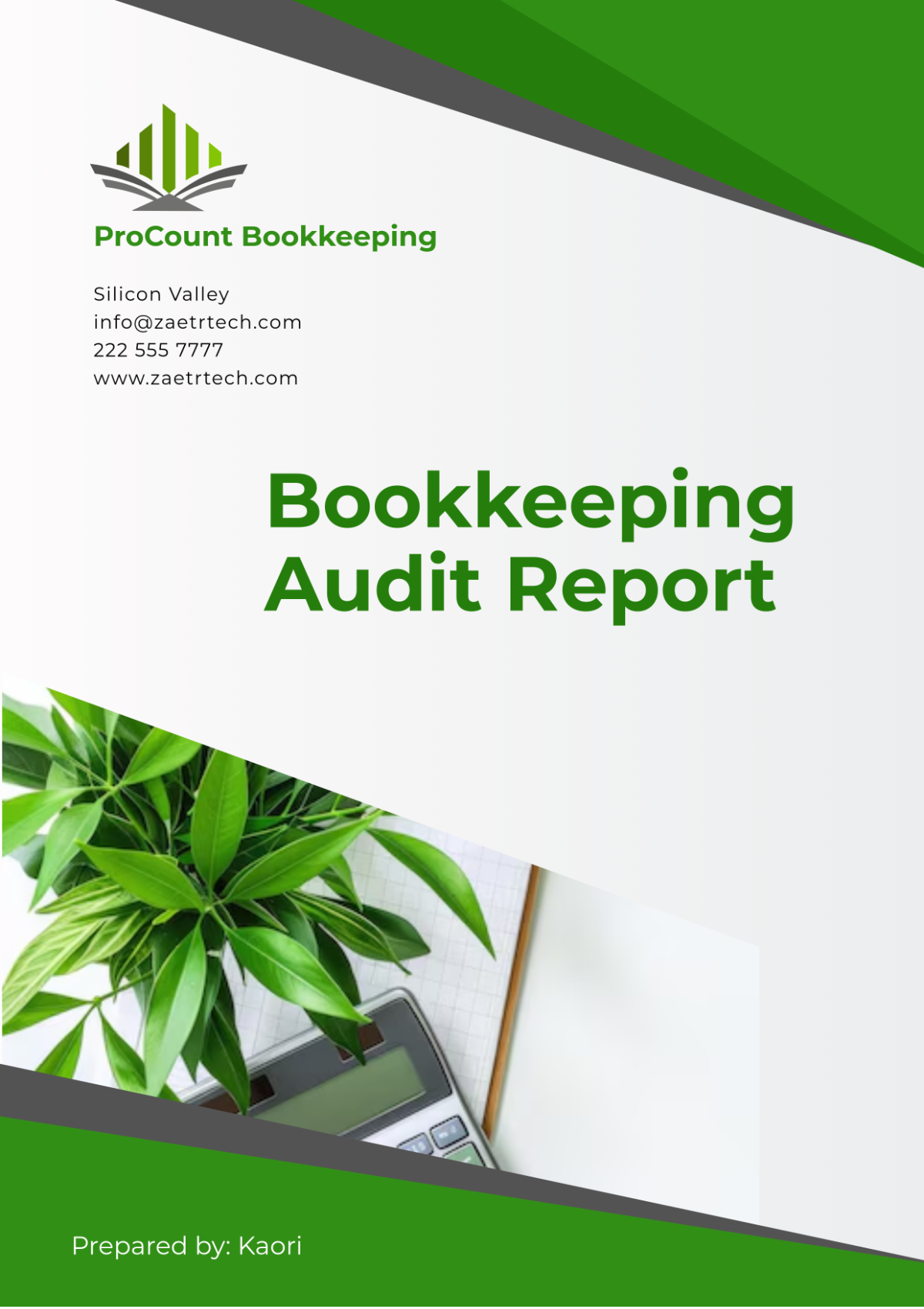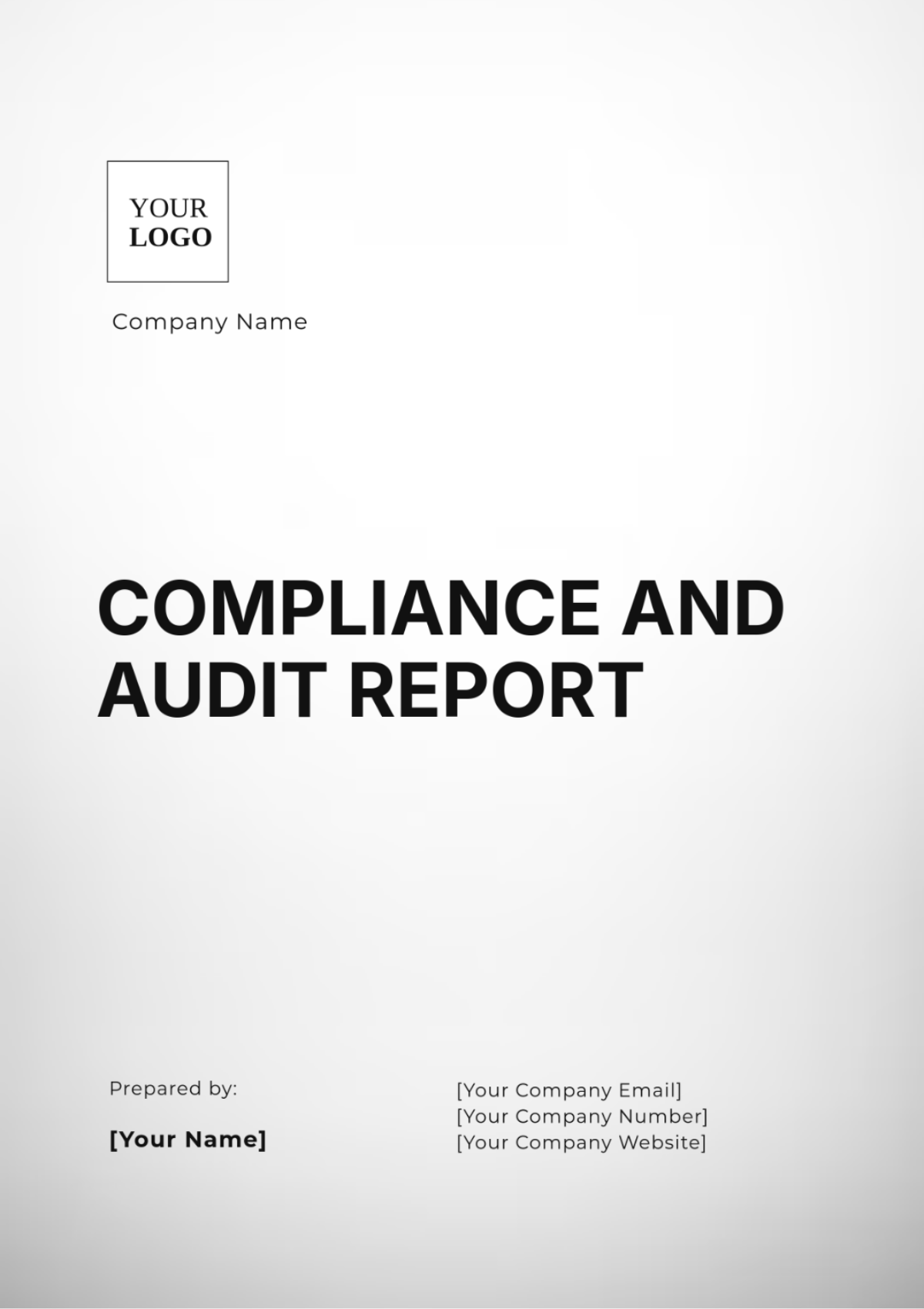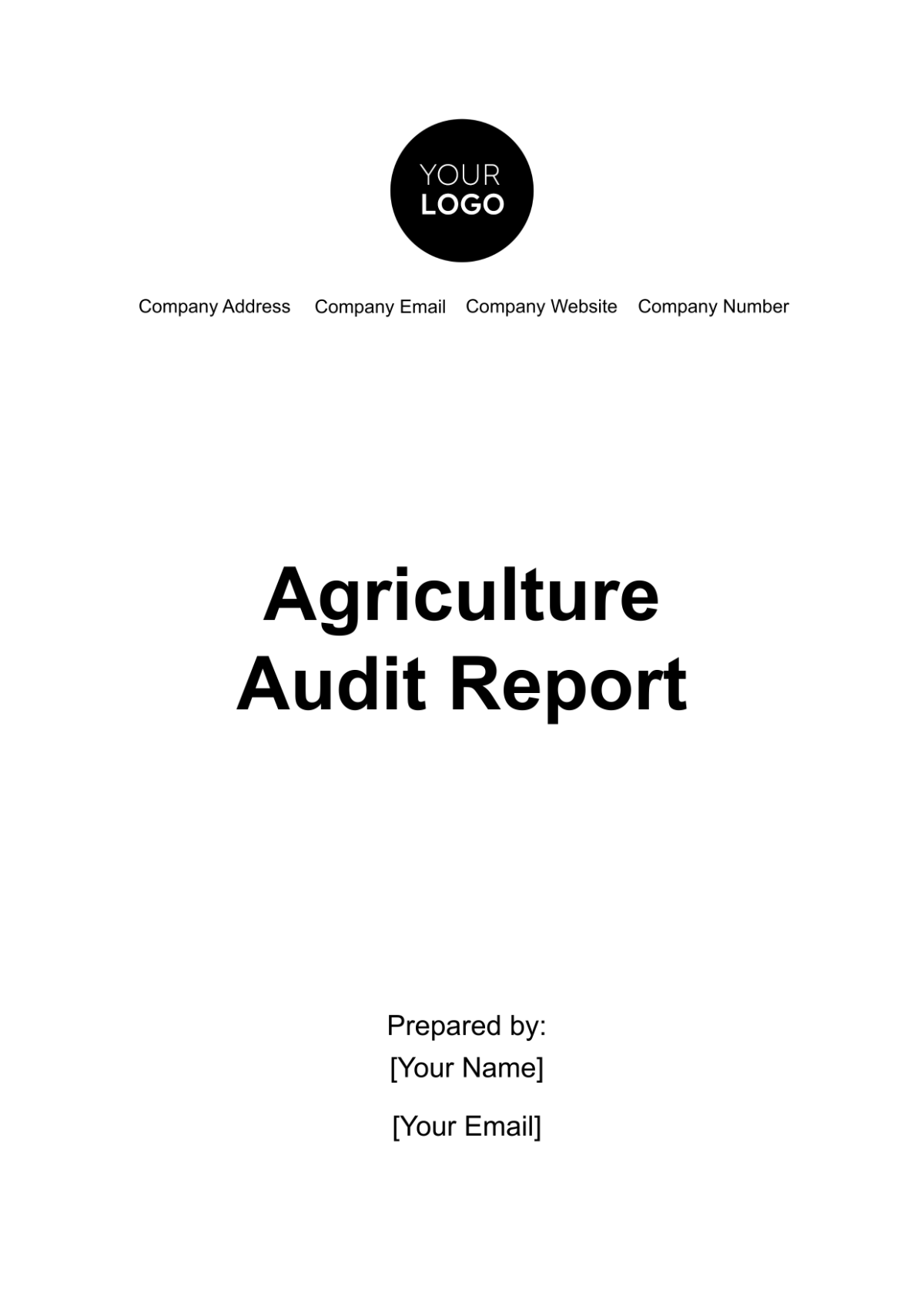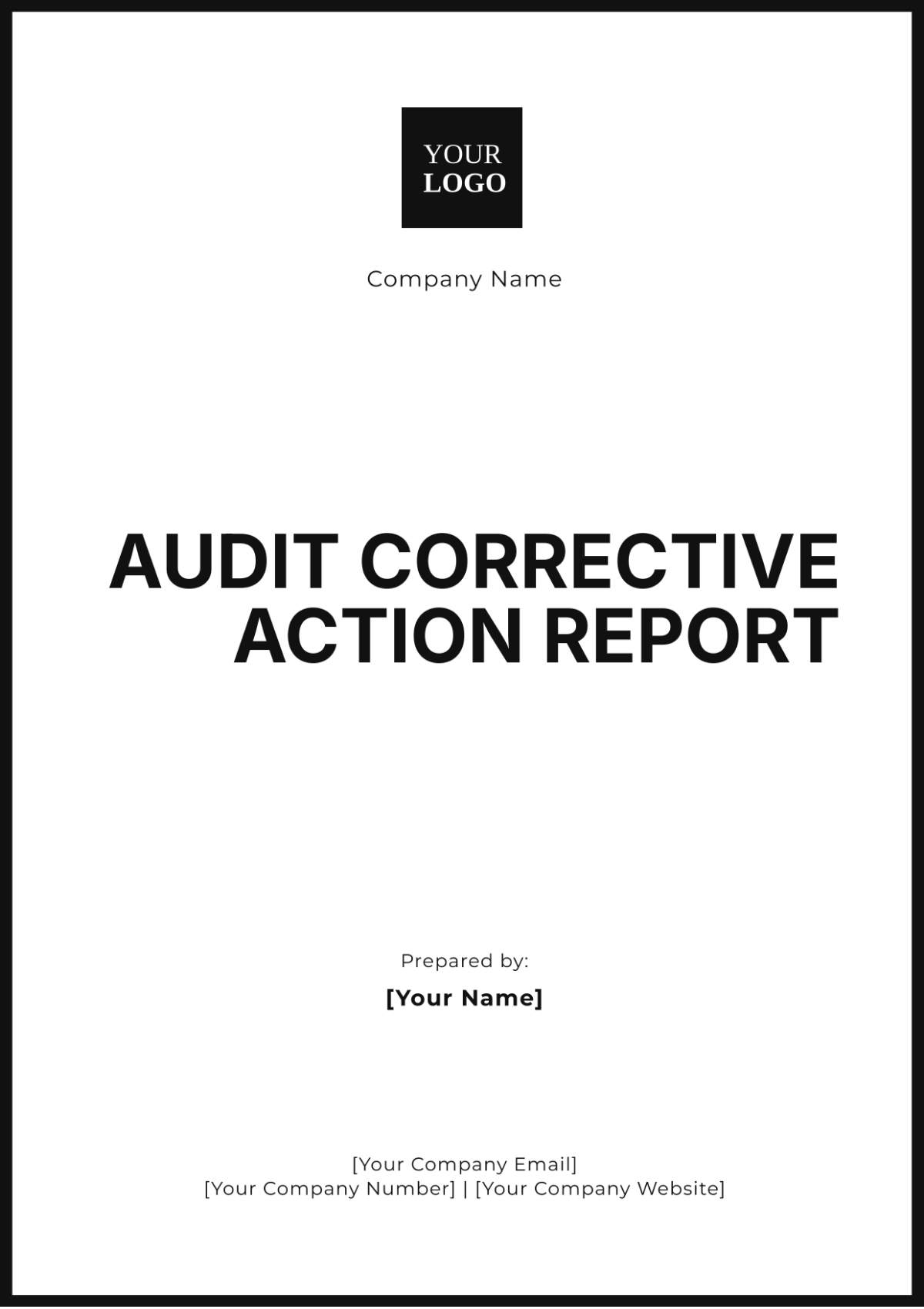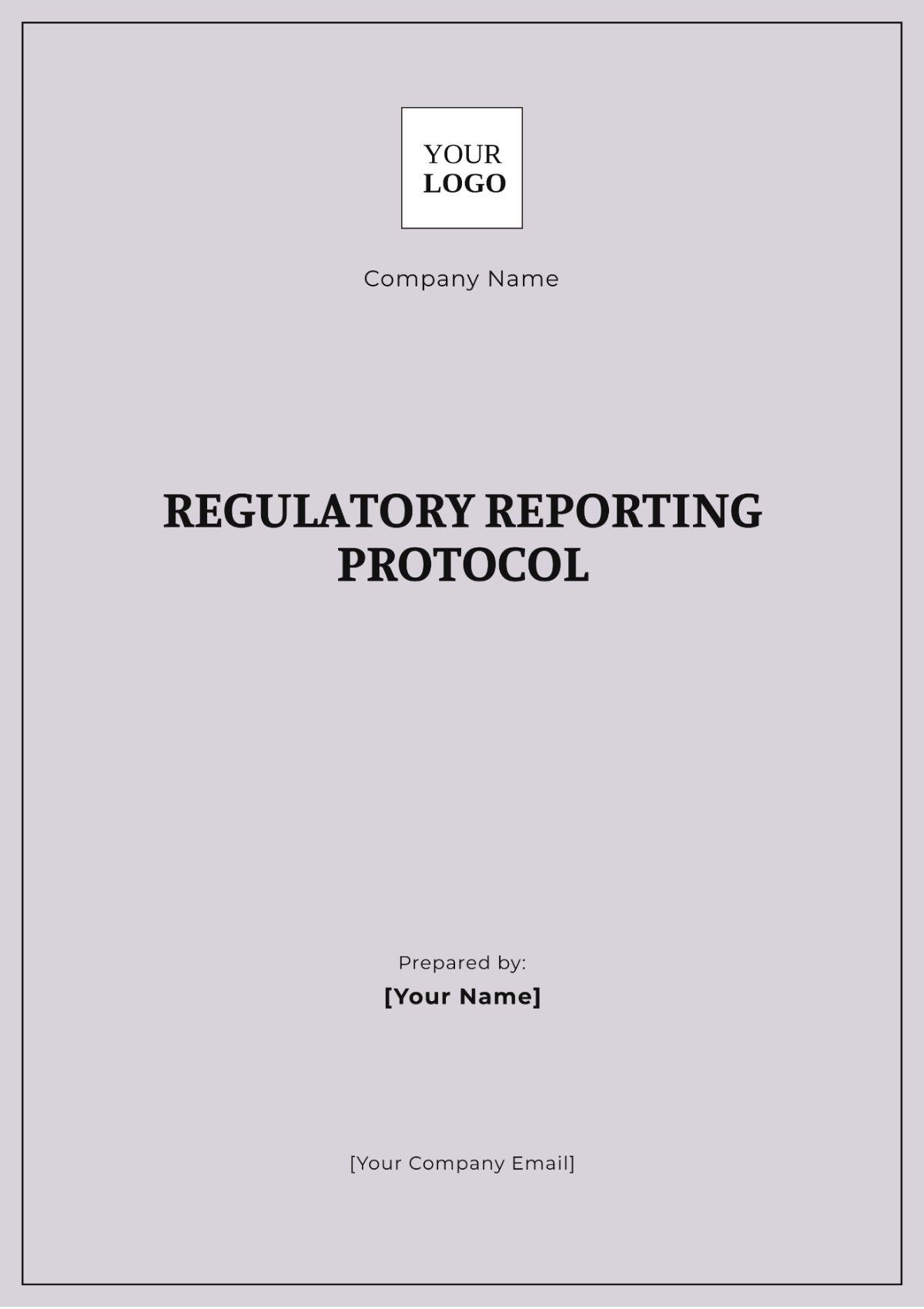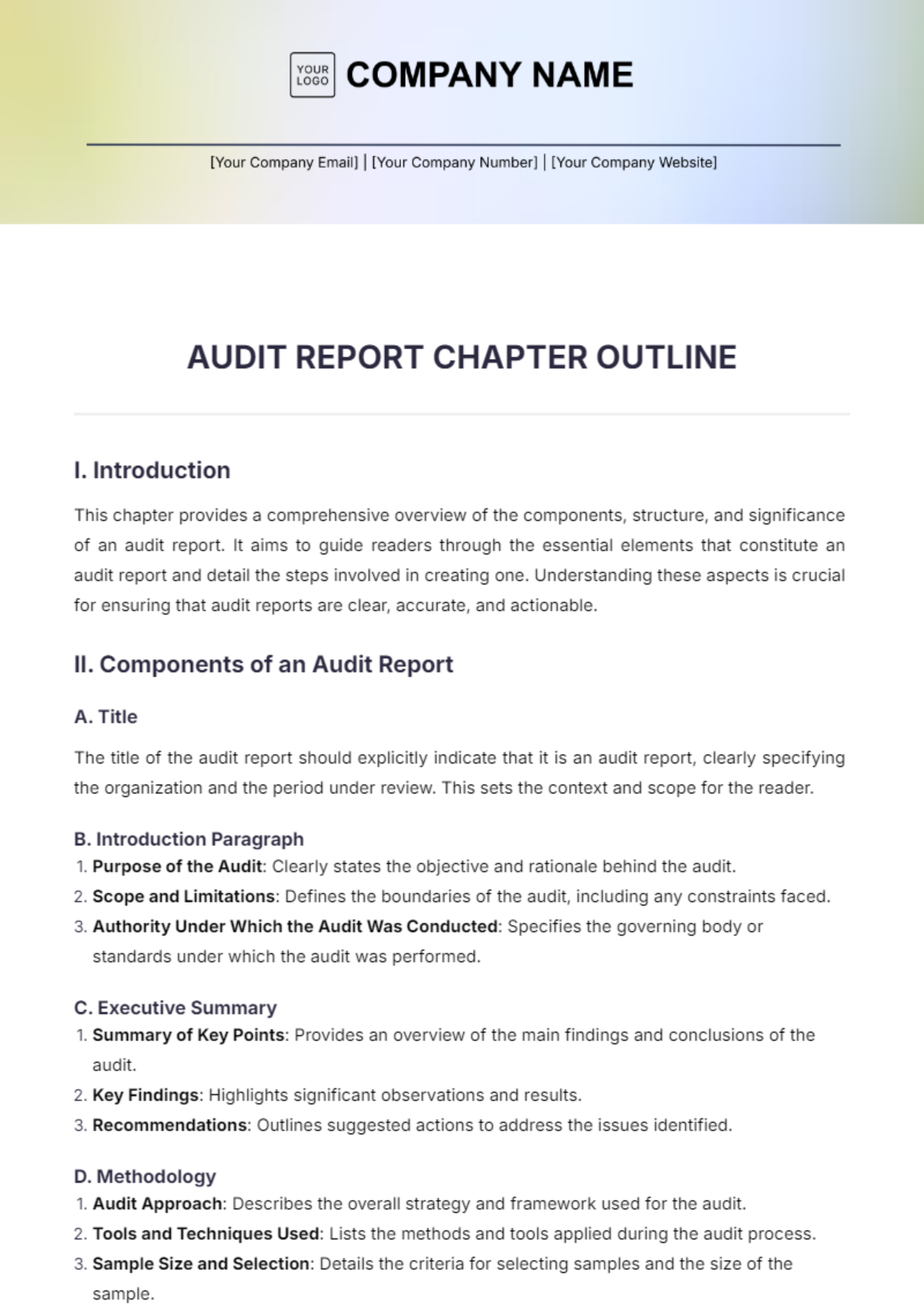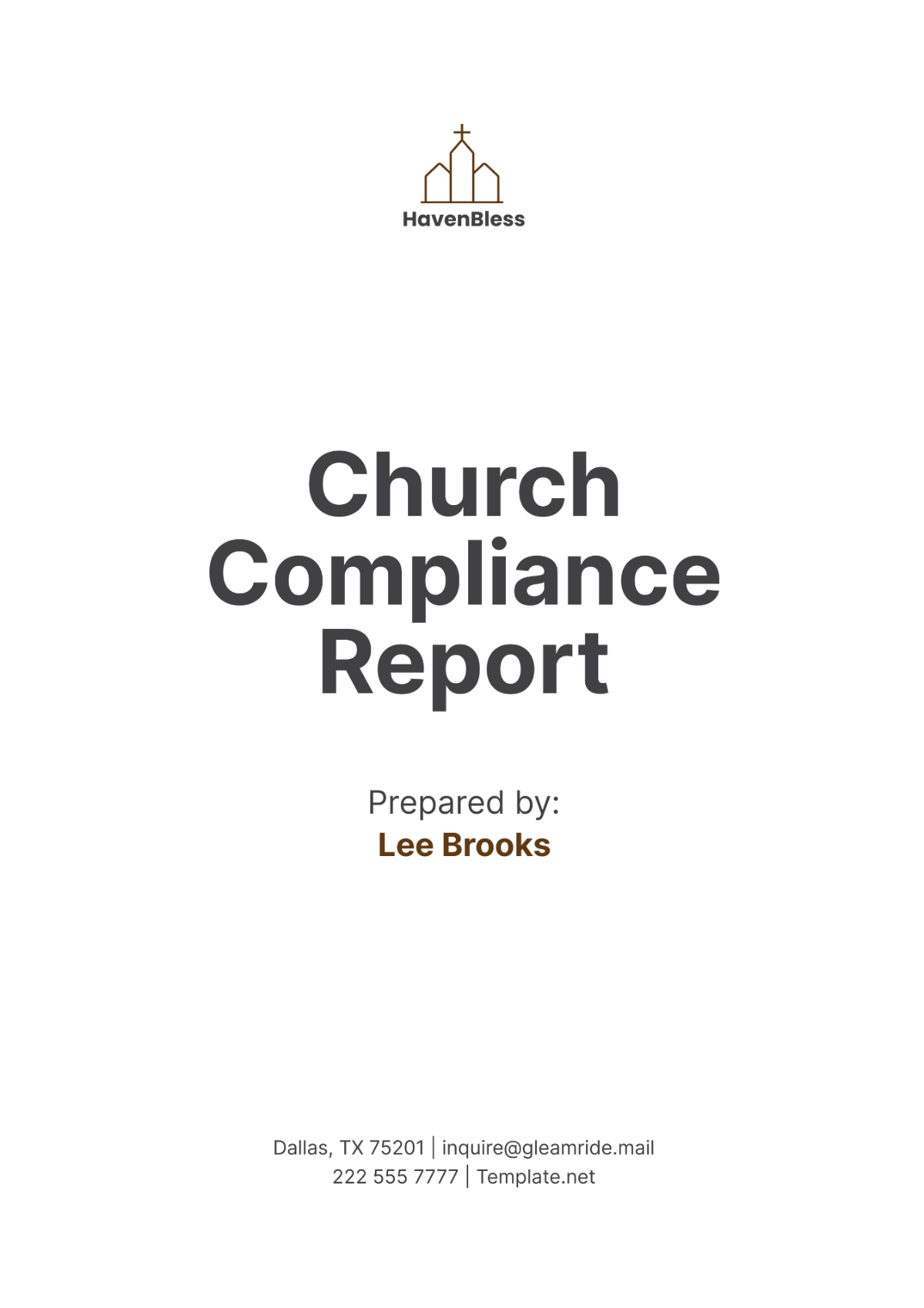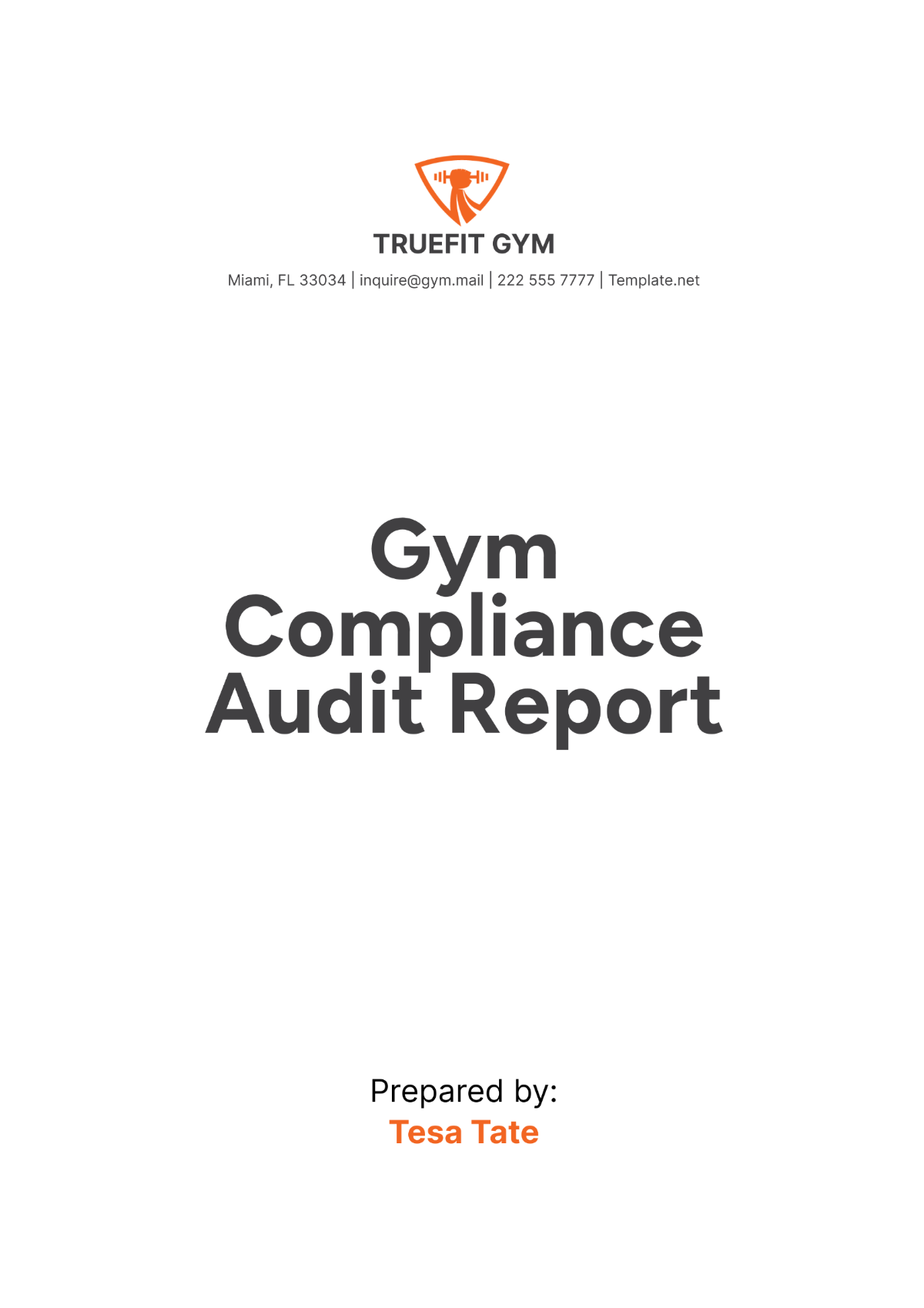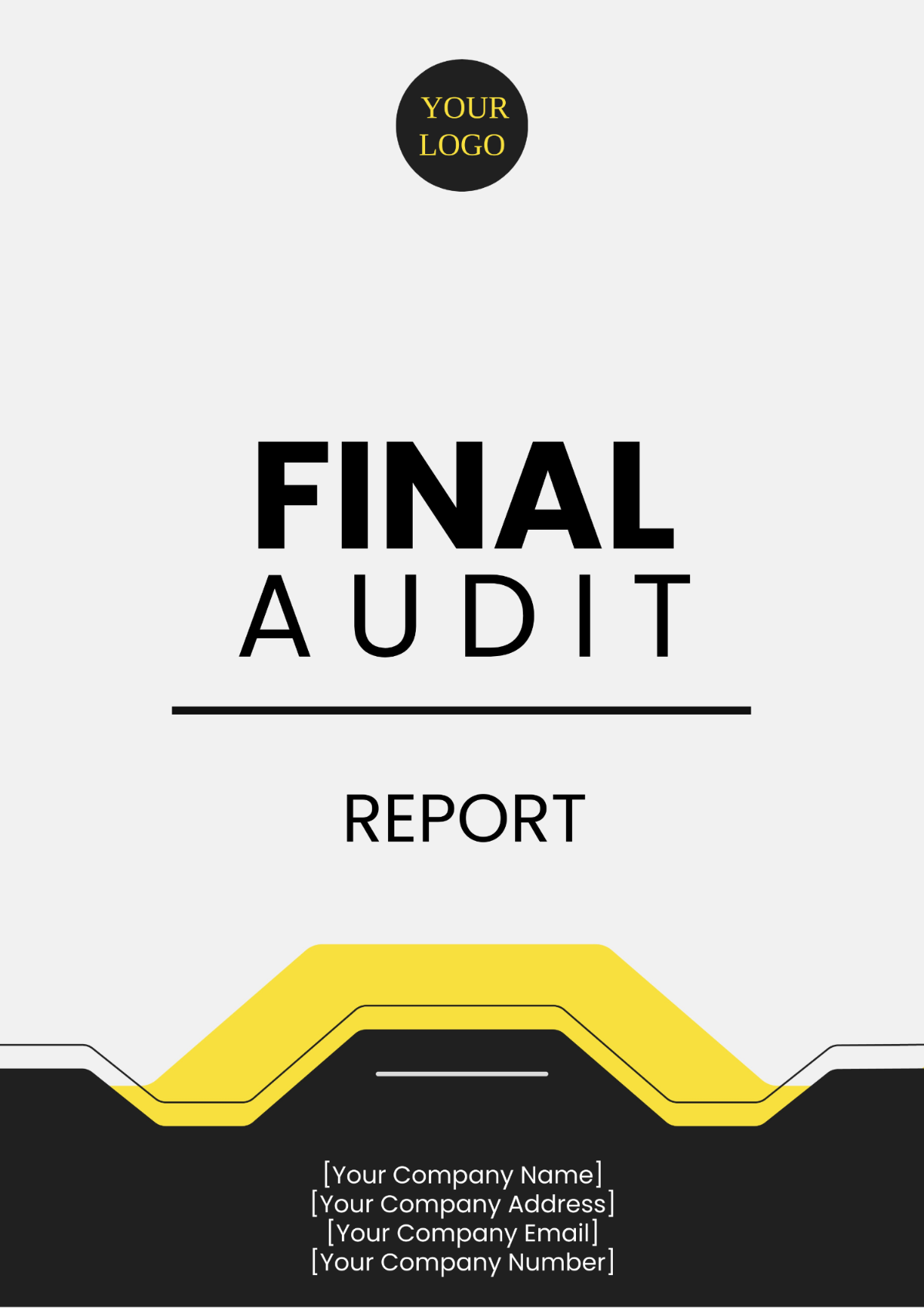AUDIT REPORT CHAPTER OUTLINE
I. Introduction
This chapter provides a comprehensive overview of the components, structure, and significance of an audit report. It aims to guide readers through the essential elements that constitute an audit report and detail the steps involved in creating one. Understanding these aspects is crucial for ensuring that audit reports are clear, accurate, and actionable.
II. Components of an Audit Report
A. Title
The title of the audit report should explicitly indicate that it is an audit report, clearly specifying the organization and the period under review. This sets the context and scope for the reader.
B. Introduction Paragraph
Purpose of the Audit: Clearly states the objective and rationale behind the audit.
Scope and Limitations: Defines the boundaries of the audit, including any constraints faced.
Authority Under Which the Audit Was Conducted: Specifies the governing body or standards under which the audit was performed.
C. Executive Summary
Summary of Key Points: Provides an overview of the main findings and conclusions of the audit.
Key Findings: Highlights significant observations and results.
Recommendations: Outlines suggested actions to address the issues identified.
D. Methodology
Audit Approach: Describes the overall strategy and framework used for the audit.
Tools and Techniques Used: Lists the methods and tools applied during the audit process.
Sample Size and Selection: Details the criteria for selecting samples and the size of the sample.
E. Findings and Observations
Detailed Examination of Data: Provides an in-depth analysis of the data reviewed.
Evidence and Examples: This includes specific examples and evidence to support the findings.
Graphs and Tables: Uses visual aids to present data clearly and effectively.
F. Conclusions
Main Findings: Summarizes the core conclusions drawn from the audit.
Implications: Discusses the impact and significance of the findings.
G. Recommendations
Actionable Suggestions: Offers practical recommendations to address the identified issues.
Implementation Guidance: Provides advice on how to effectively implement the recommendations.
H. Auditor's Opinion
Professional Judgment: Includes the auditor's evaluation of the financial statements, compliance, or other audited areas.
Opinion on Financial Statements: States the auditor's opinion on the accuracy and reliability of the financial statements.
I. Appendices
Supporting Documents: This section contains additional documents that support the audit findings.
Additional Data: This includes supplementary data relevant to the audit.
Glossary of Terms: Provides definitions for technical terms used in the report.
III. Structure of an Audit Report
A. Preliminary Pages
Title Page: Contains the title of the report, organization name, and audit period.
Table of Contents: Lists the sections and sub-sections of the report for easy navigation.
B. Main Body
Introduction: Sets the stage for the audit report with context and scope.
Methodology: Details the approach and methods used during the audit.
Findings and Observations: Presents the results and analysis of the audit.
Conclusions: Summarizes the findings and their implications.
Recommendations: Provides actionable suggestions for improvement.
C. Supplementary Information
Technical Appendices: This includes detailed technical data and additional information.
Additional Data: Offers further data that supports the audit findings.
IV. Importance of an Audit Report
A. Legal and Regulatory Compliance
Compliance with Requirements: Explains how audit reports help organizations meet legal and regulatory obligations.
B. Decision-Making
Support for Decision-Making: Details how audit reports provide crucial information for informed decision-making at various levels.
C. Improving Operational Efficiency
Process Improvement: Describes how recommendations from audit reports can enhance operational processes and efficiency.
D. Stakeholder Assurance
Reliability of Information: Discusses how audit reports provide assurance to stakeholders regarding the reliability of financial statements and organizational practices.
V. Steps in Creating an Audit Report
A. Planning Phase
Understanding the Audit Scope: Defines the boundaries and objectives of the audit.
Defining Objectives and Criteria: Establishes the goals and criteria for evaluation.
Formulating an Audit Plan: Develops a detailed plan for conducting the audit.
B. Fieldwork Phase
Collecting Data: Gathers relevant data and information.
Interviewing Personnel: Conducts interviews with key personnel.
Observing Operations: Observes operational processes and practices.
C. Reporting Phase
Analyzing Data: Evaluates the collected data and information.
Drafting the Report: Compiles the findings into a draft report.
Reviewing Findings with Management: Discusses findings with management for feedback and verification.
D. Follow-Up Phase
Monitoring Implementation of Recommendations: Tracks the implementation of suggested actions.
Conducting Follow-Up Audits: Performs follow-up audits to ensure that recommendations have been effectively implemented.
VI. Conclusion
This chapter has provided an in-depth look at the essential elements, structure, and significance of an audit report. It has outlined the steps involved in creating a thorough and insightful audit report, offering a clear roadmap for auditors to follow in delivering effective evaluations.

